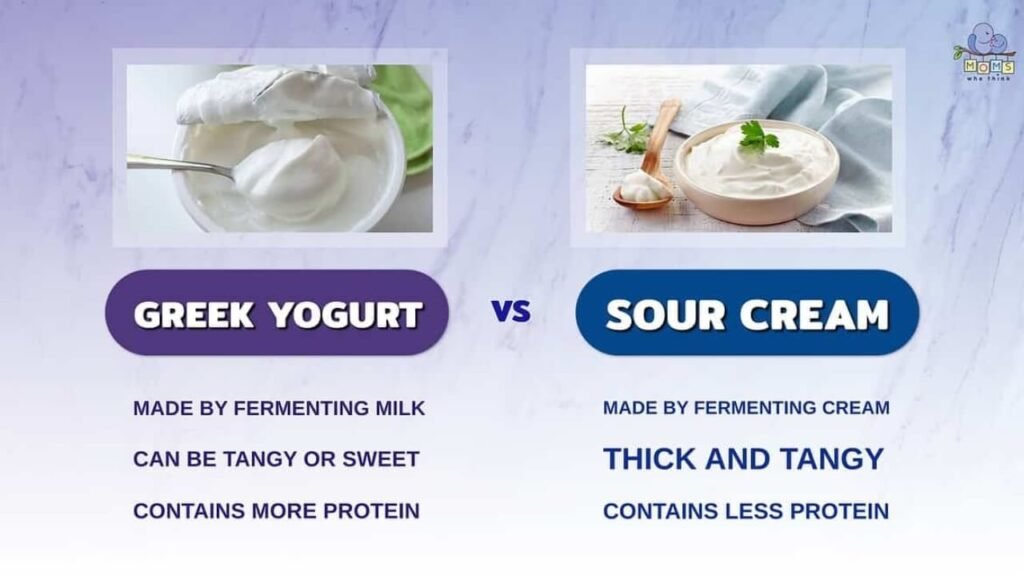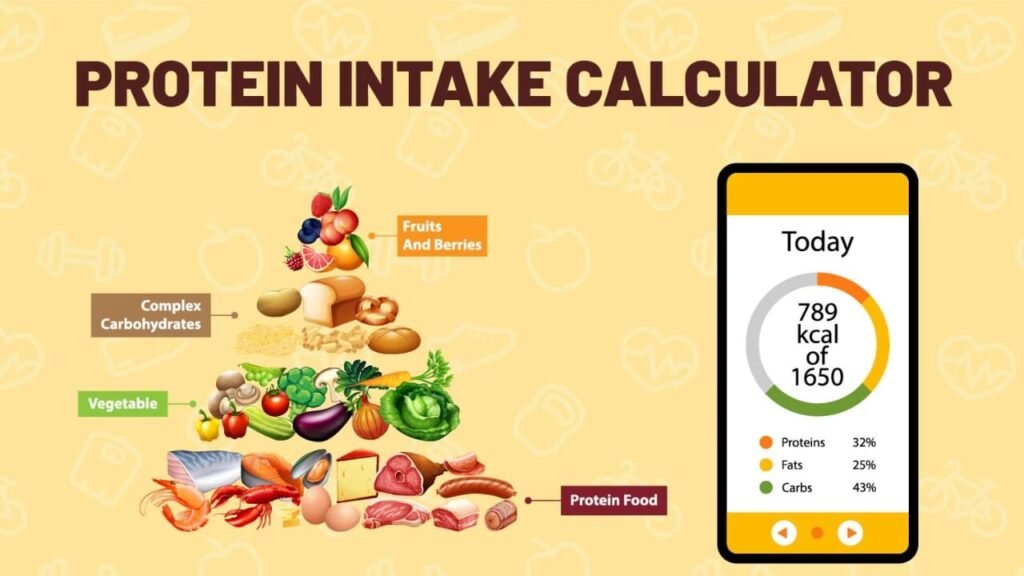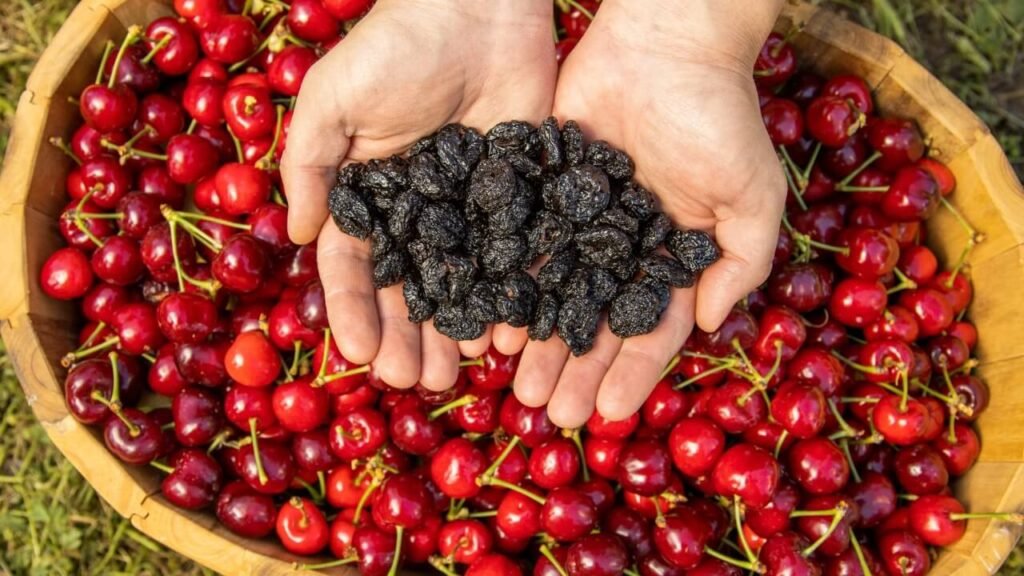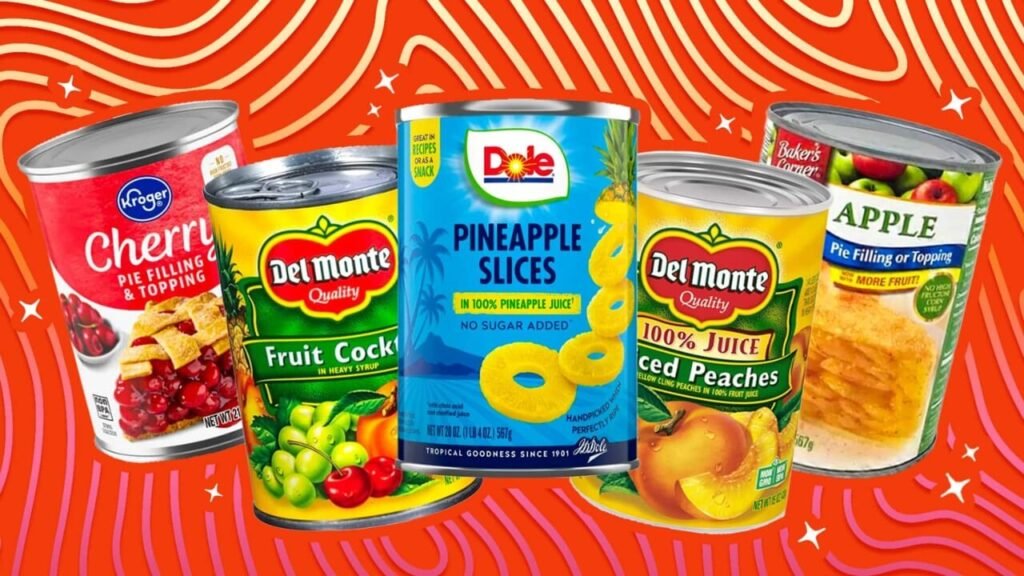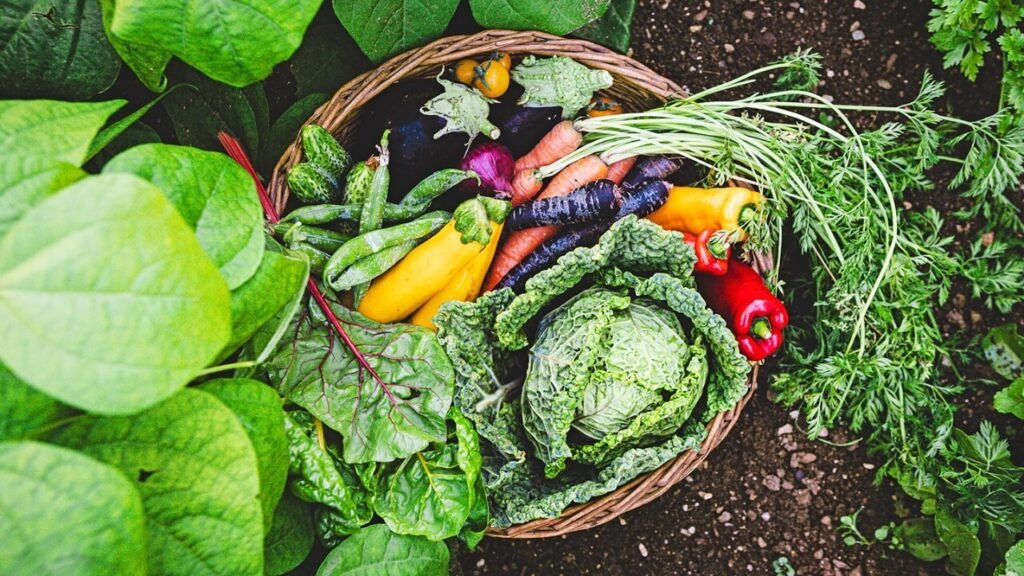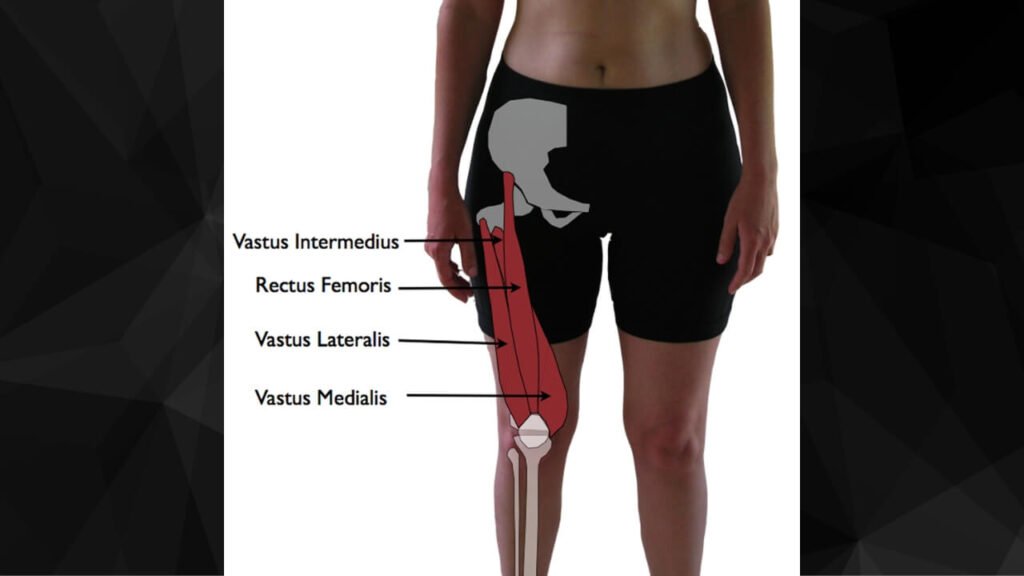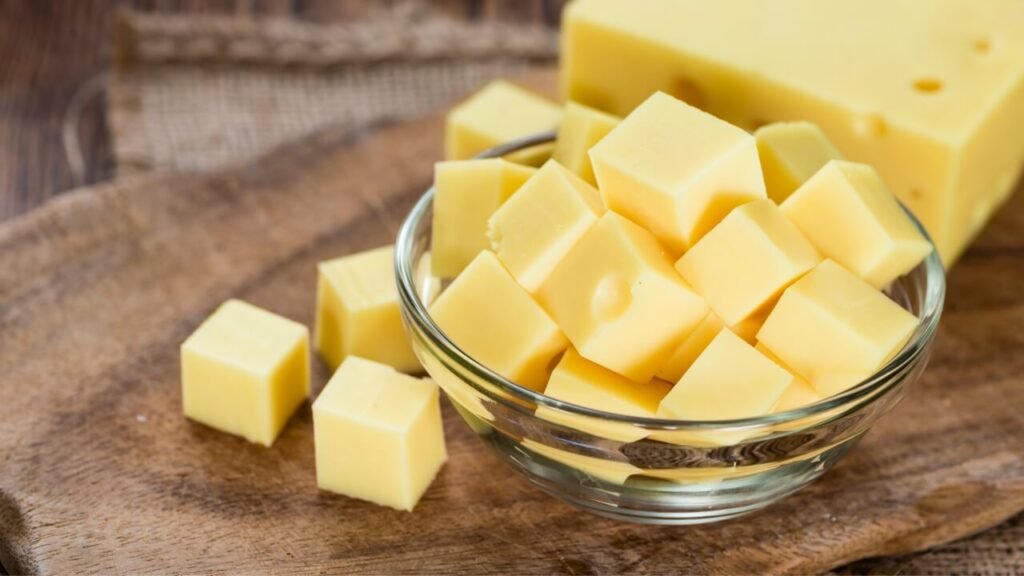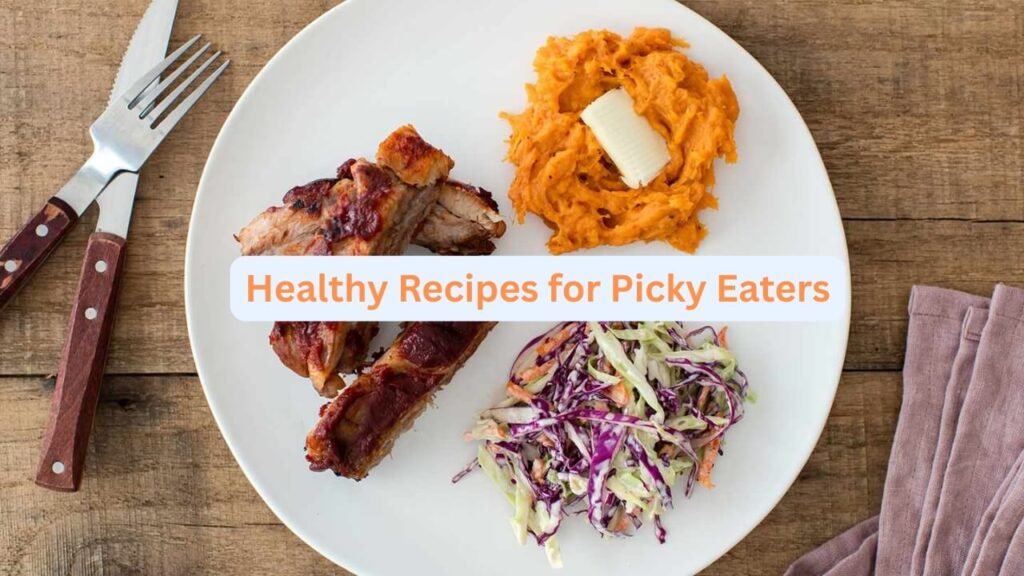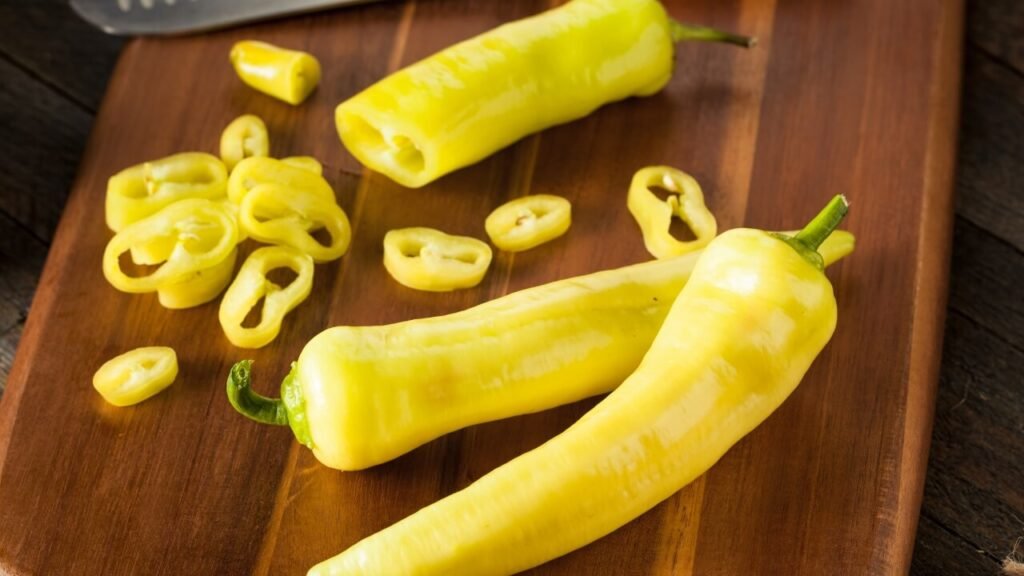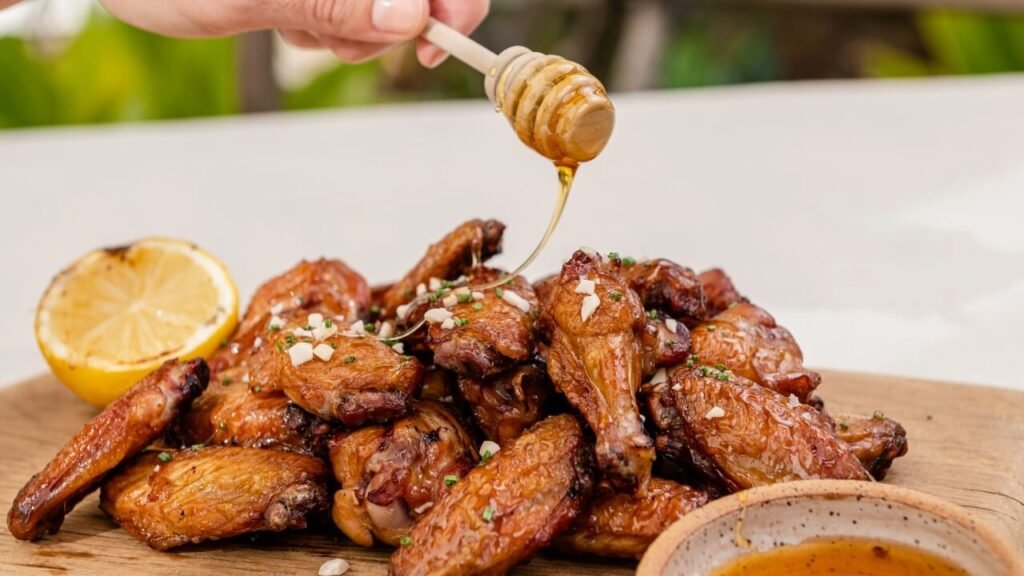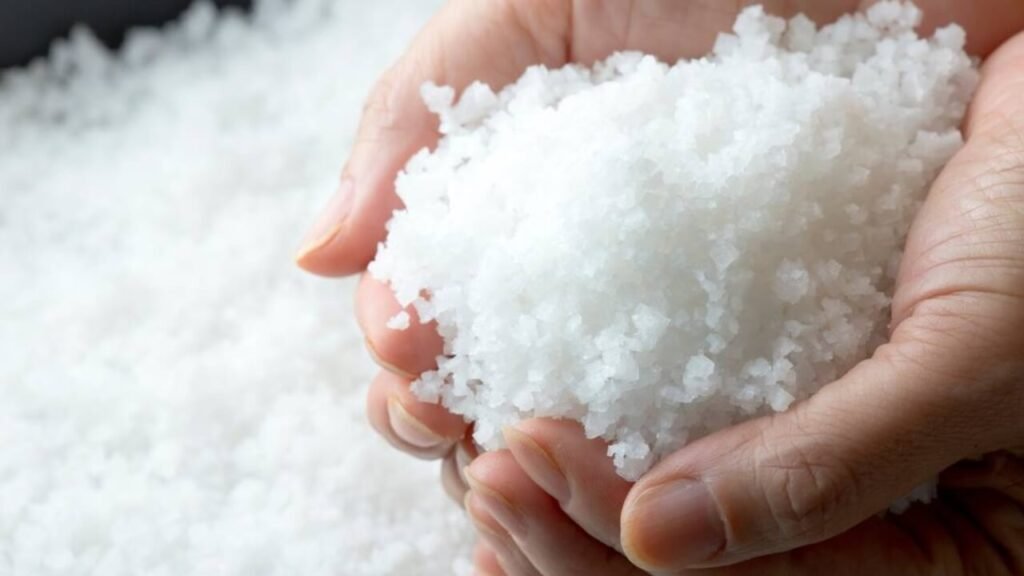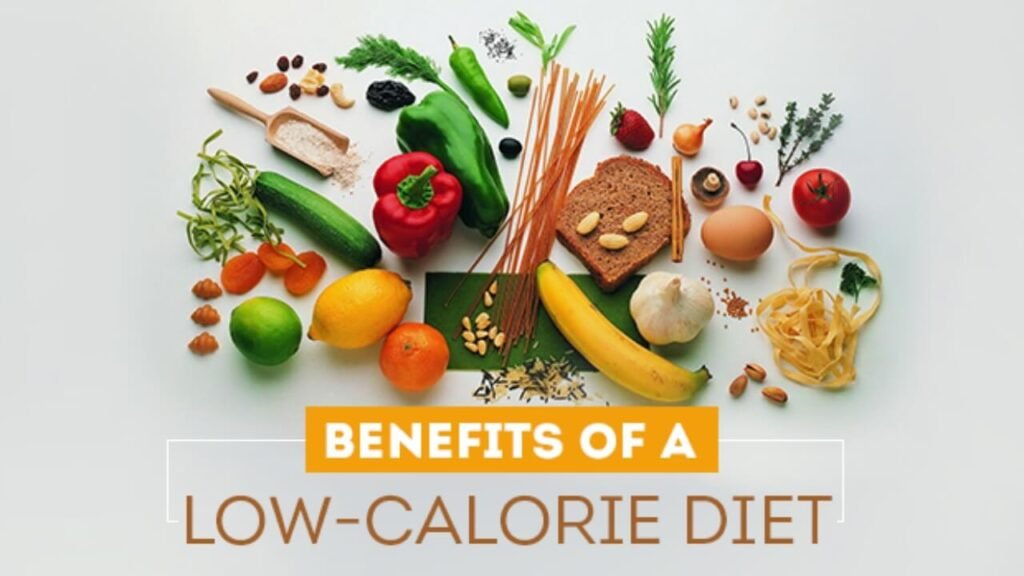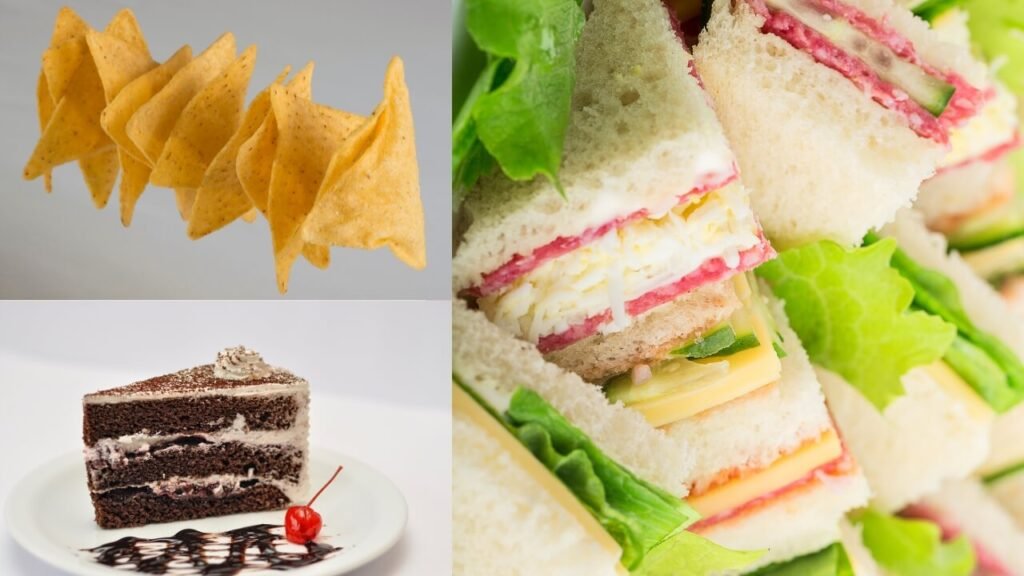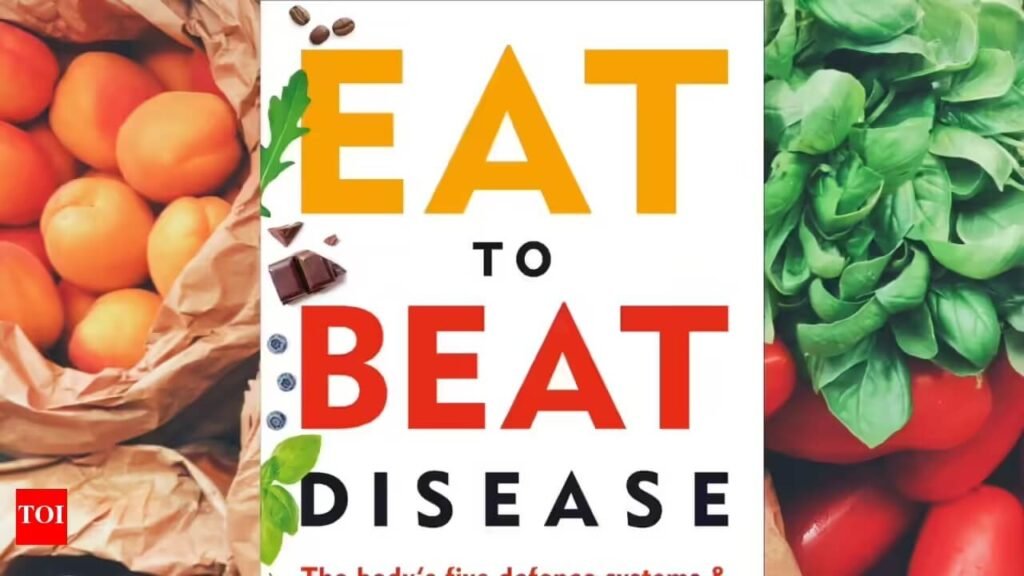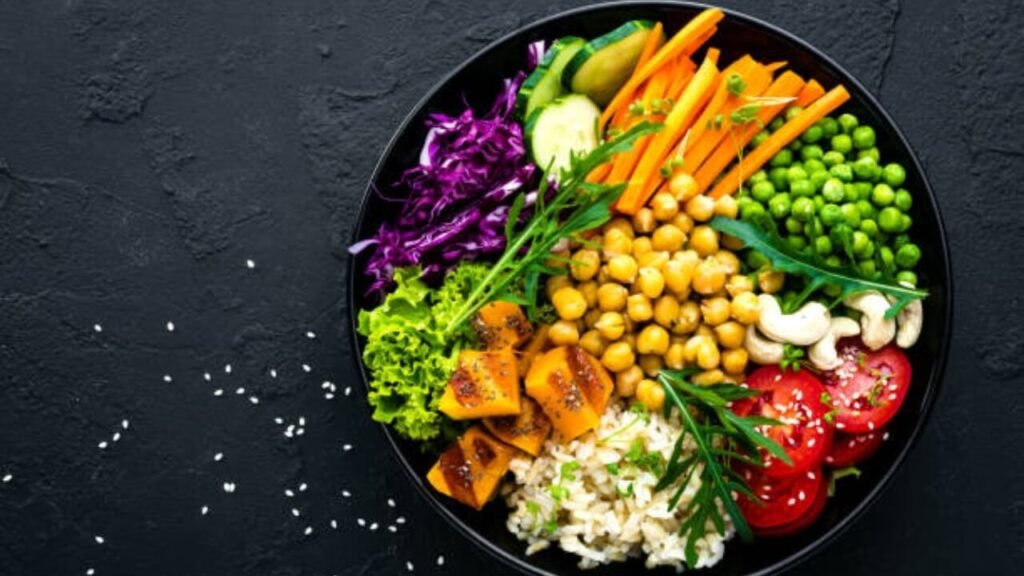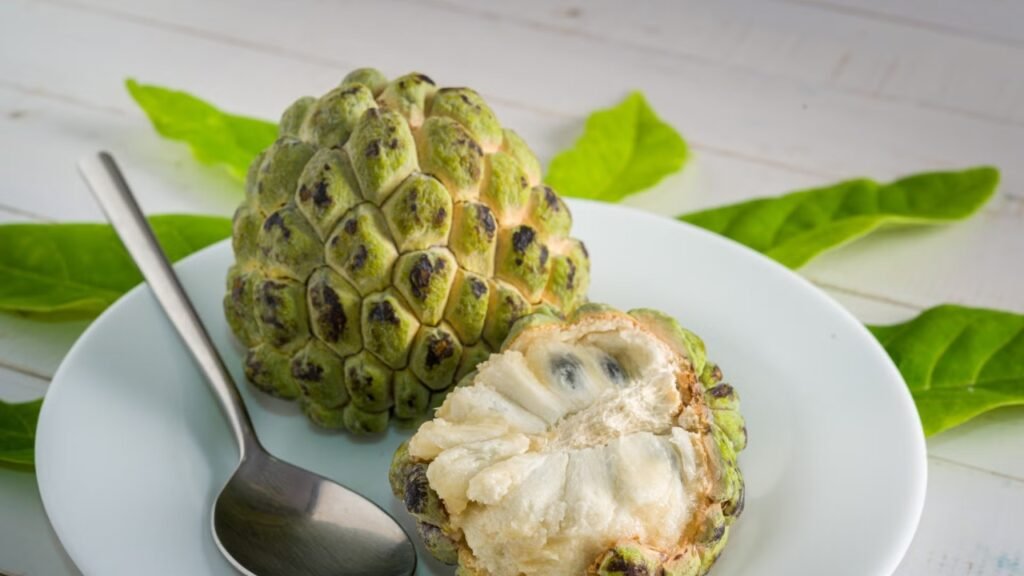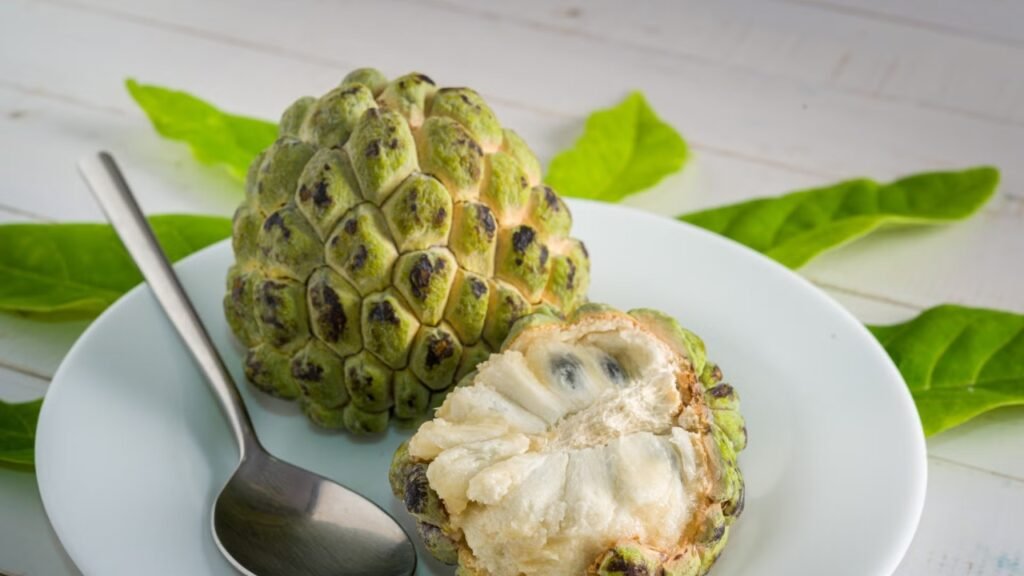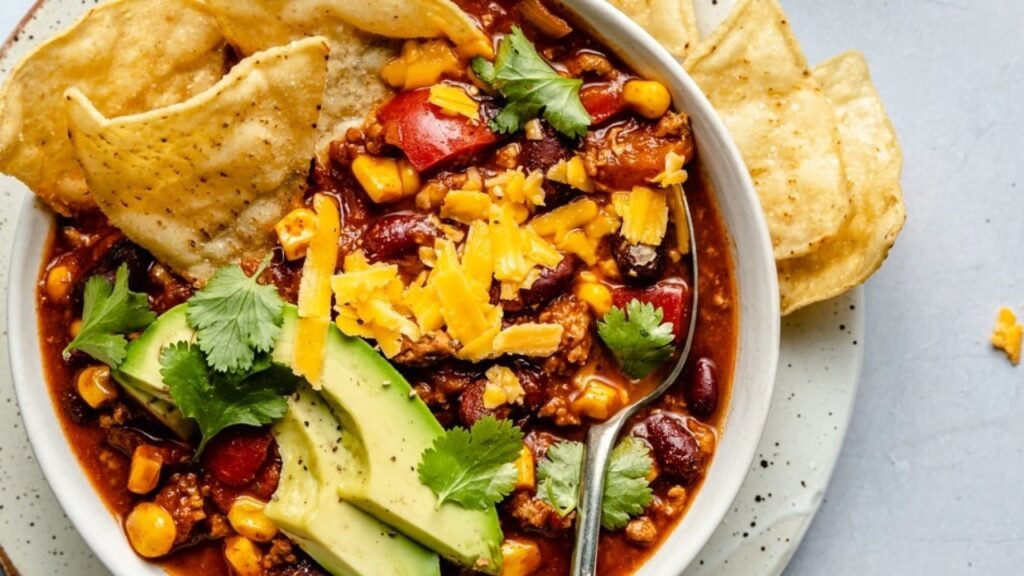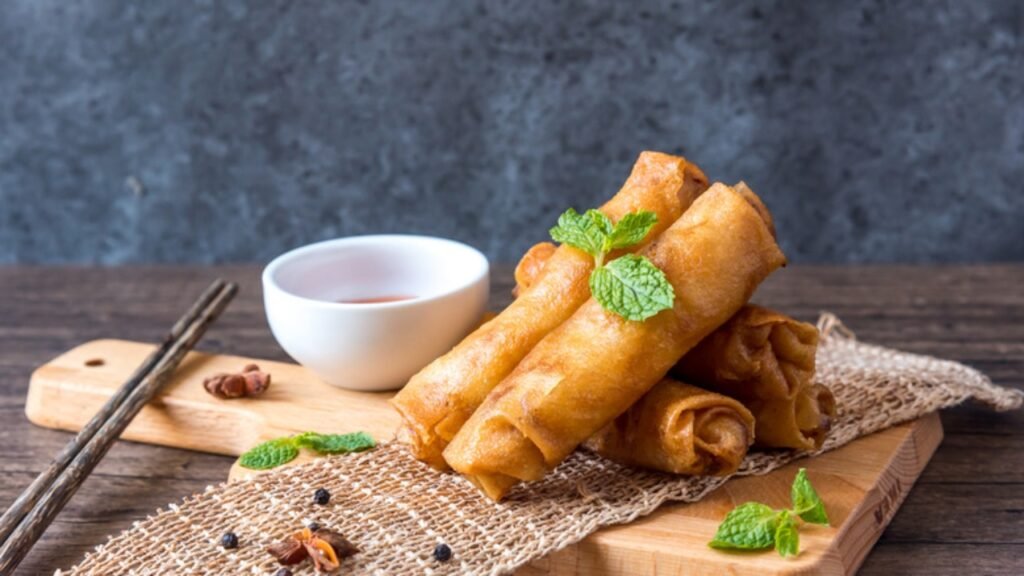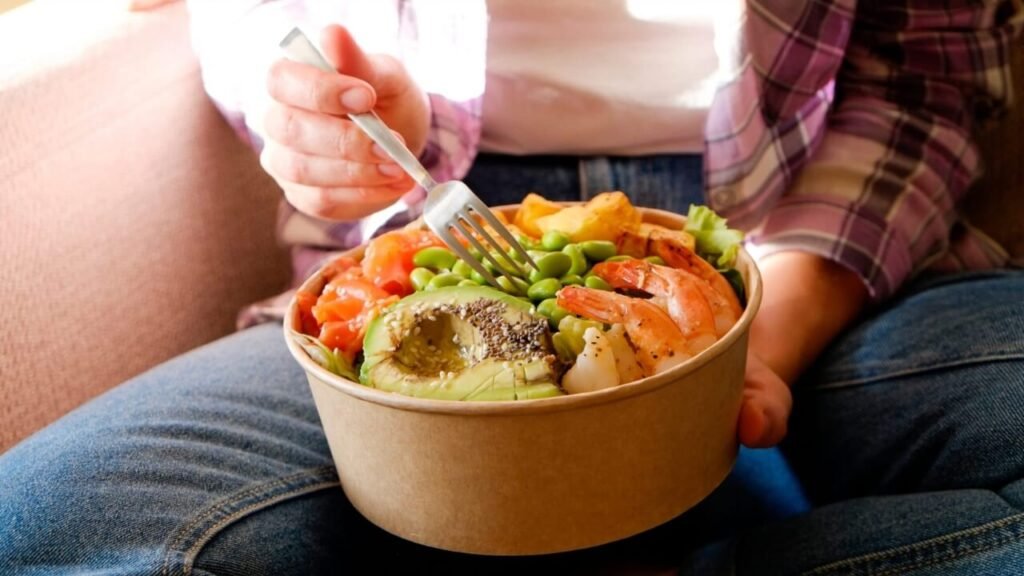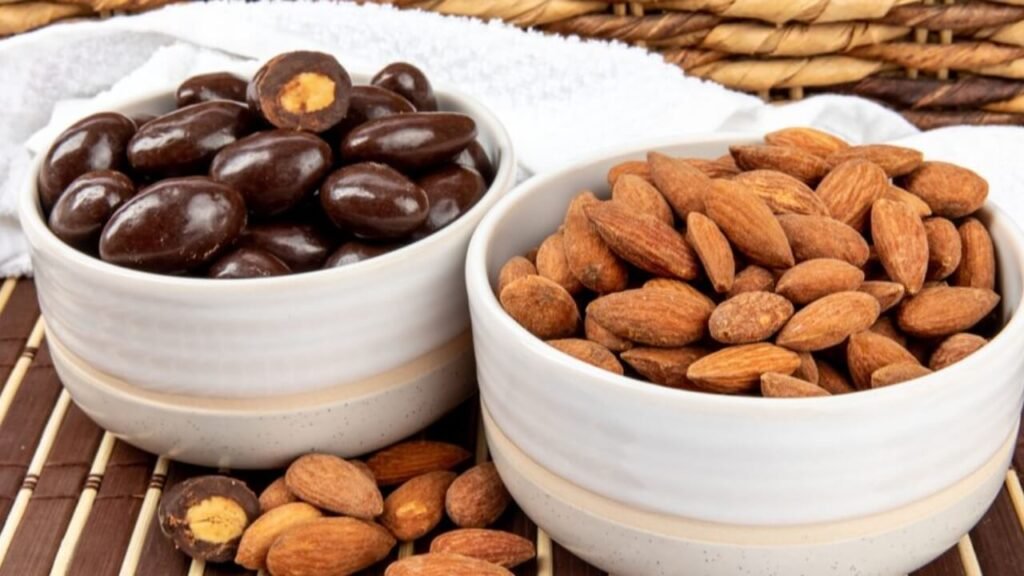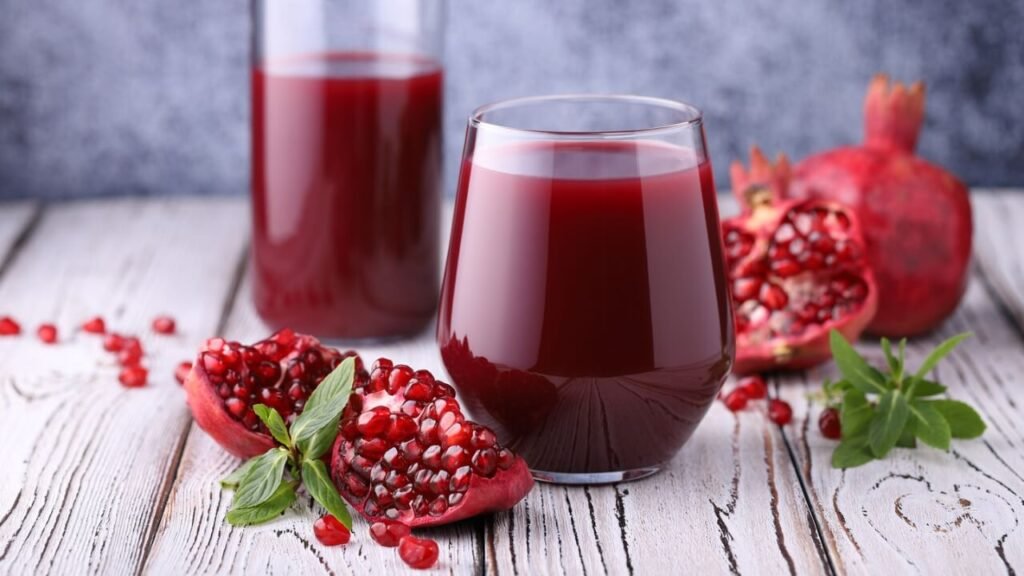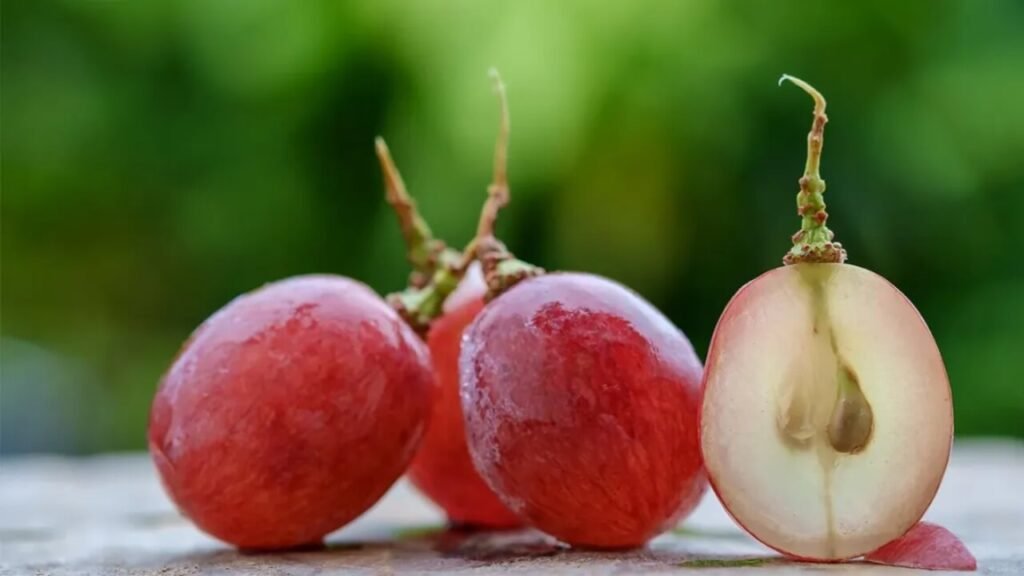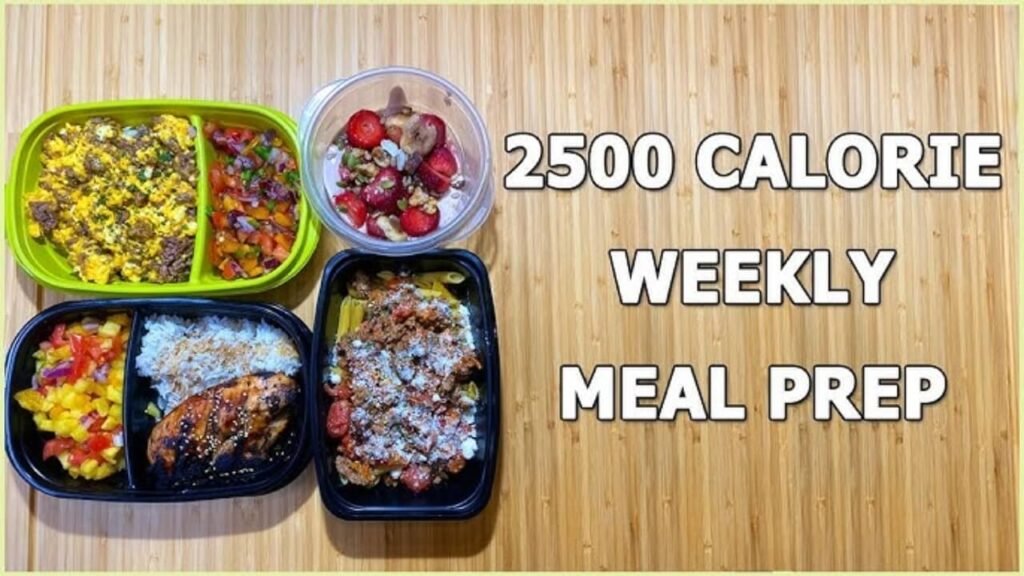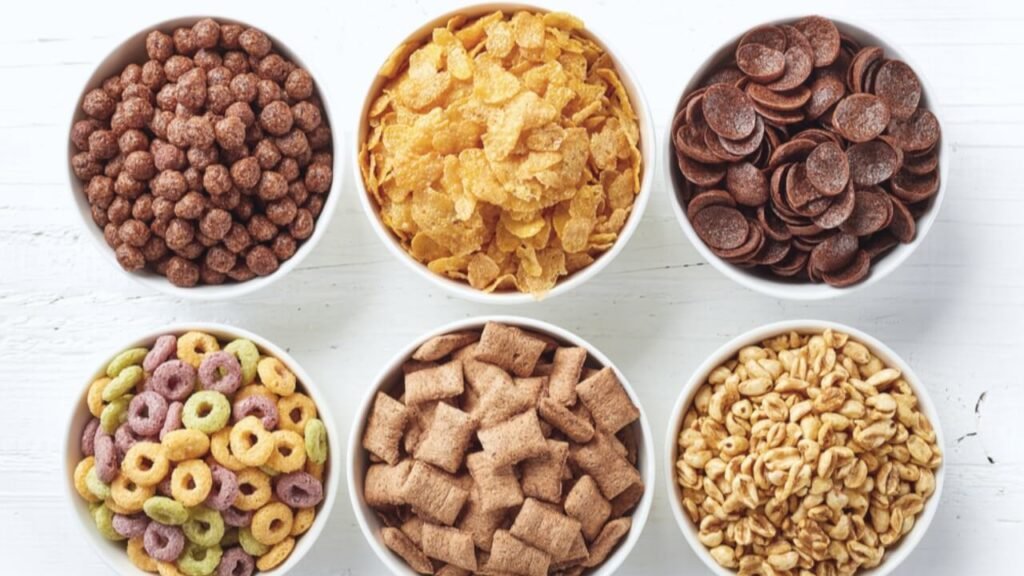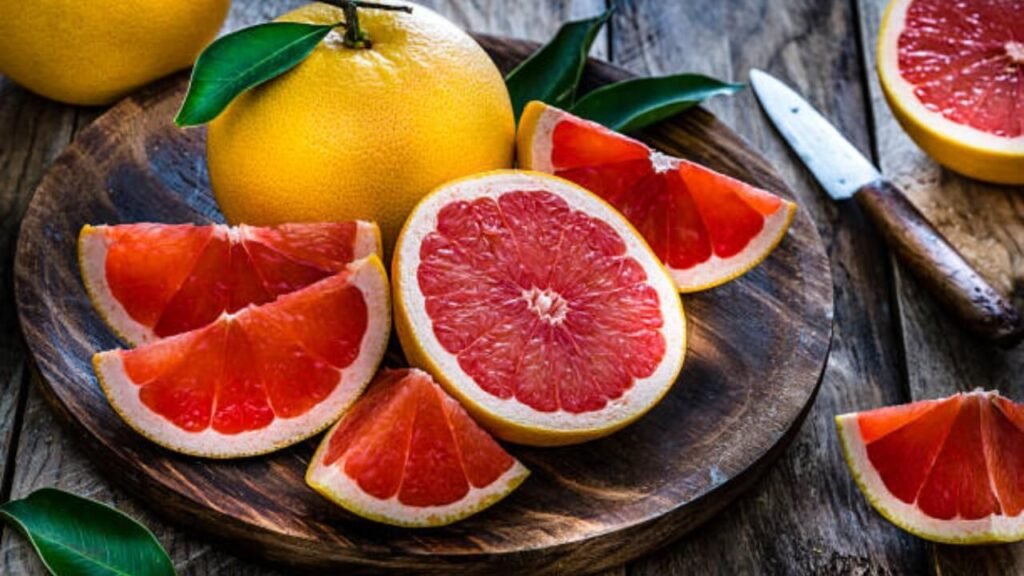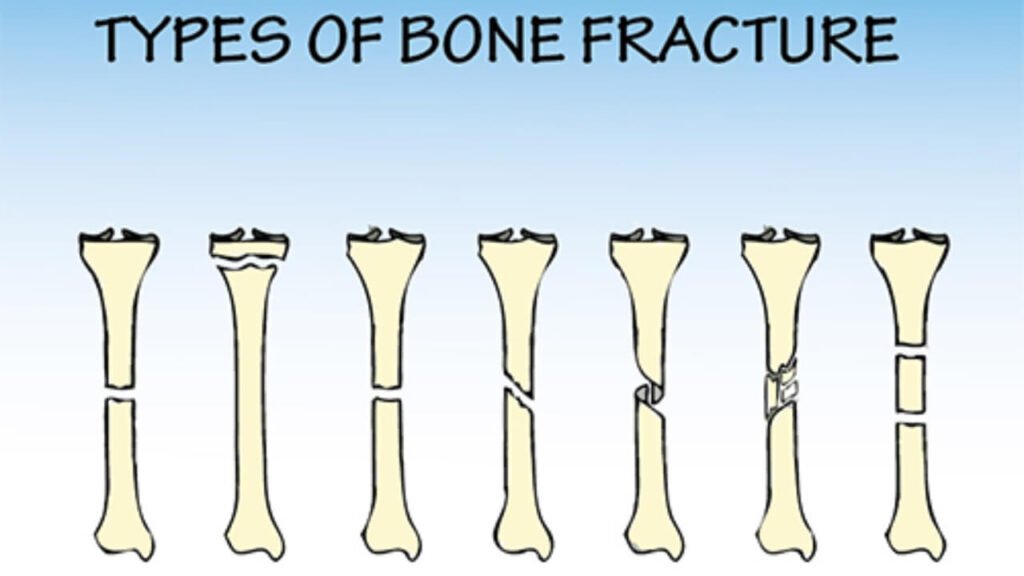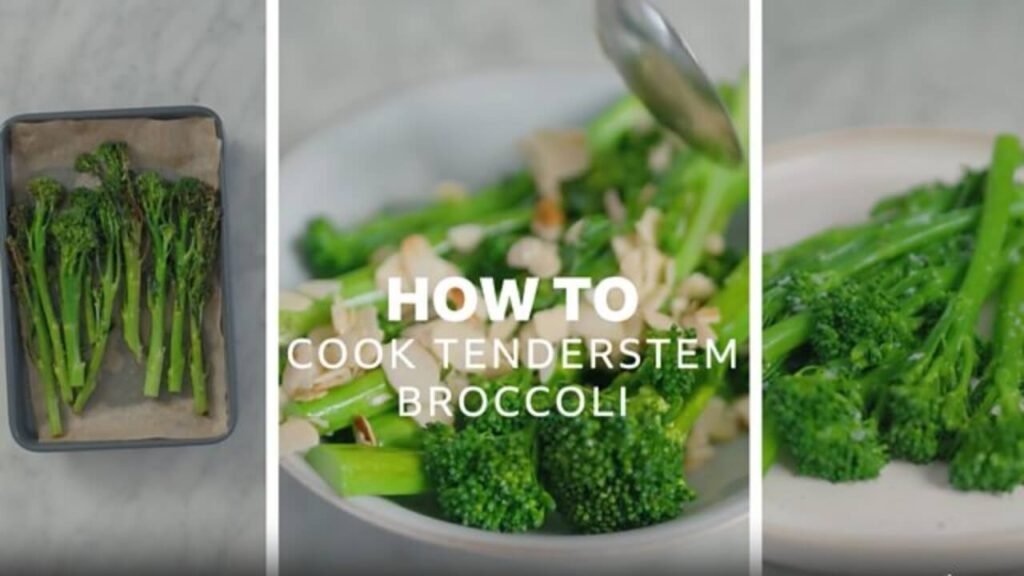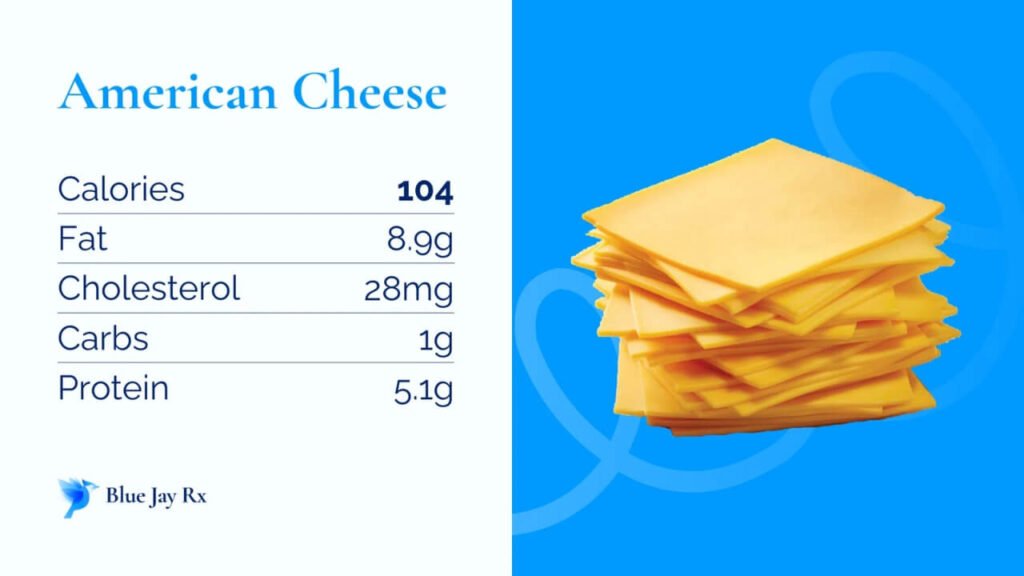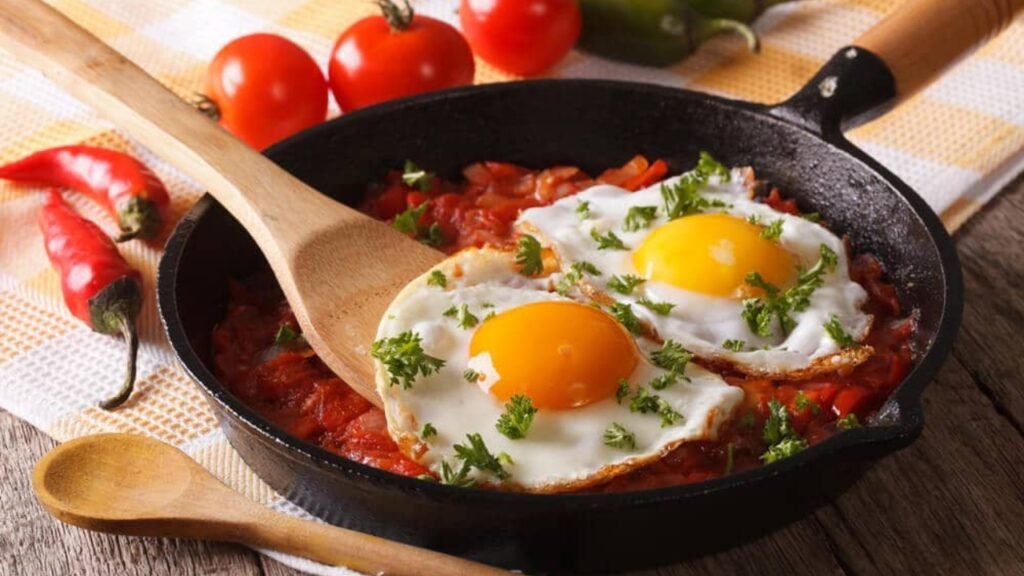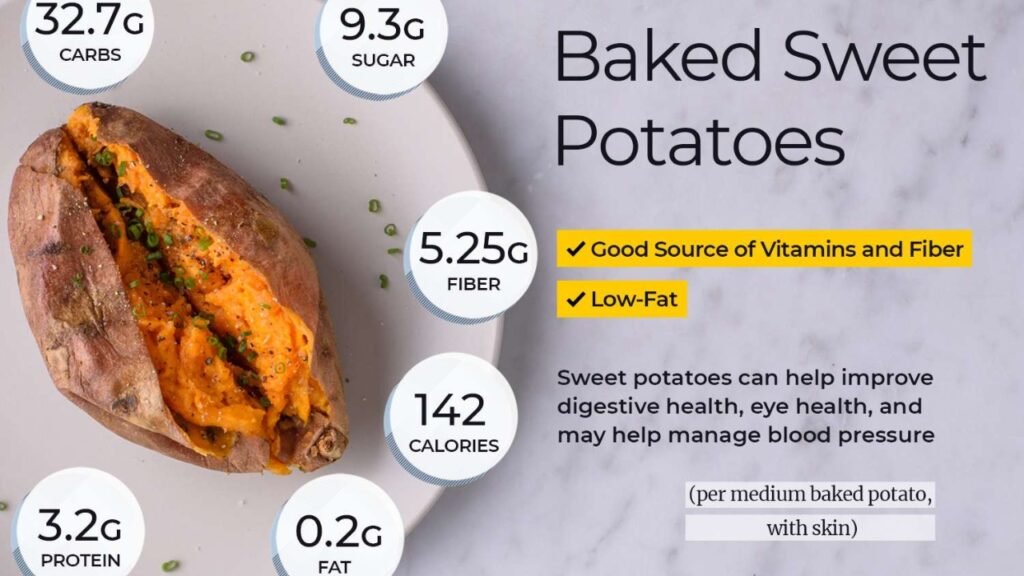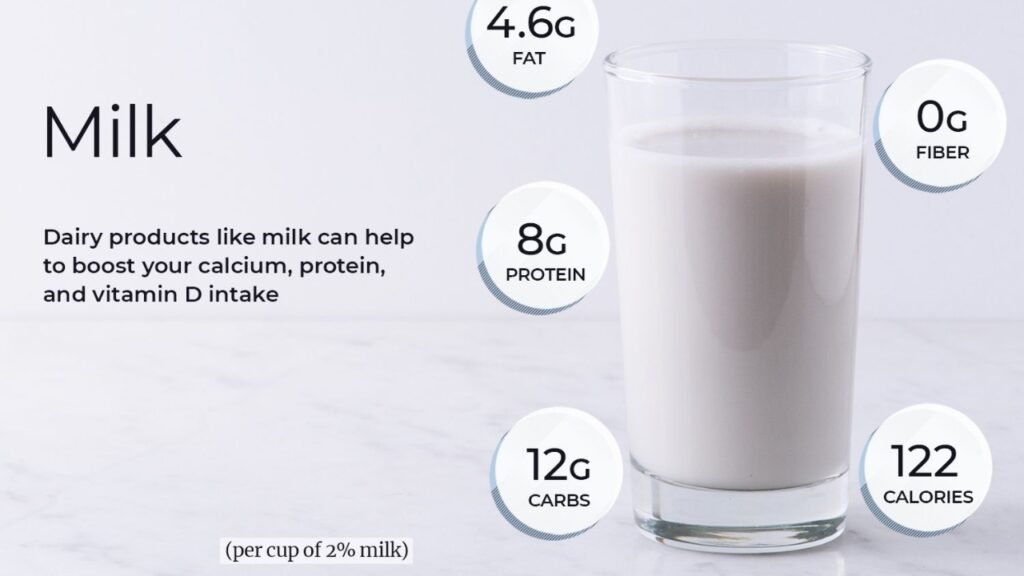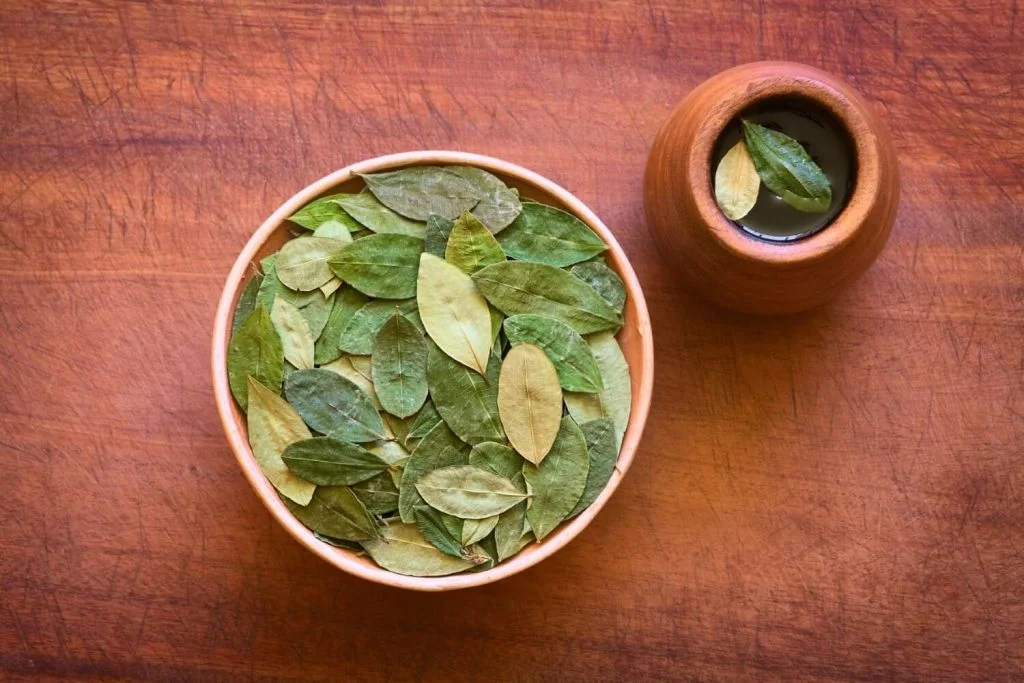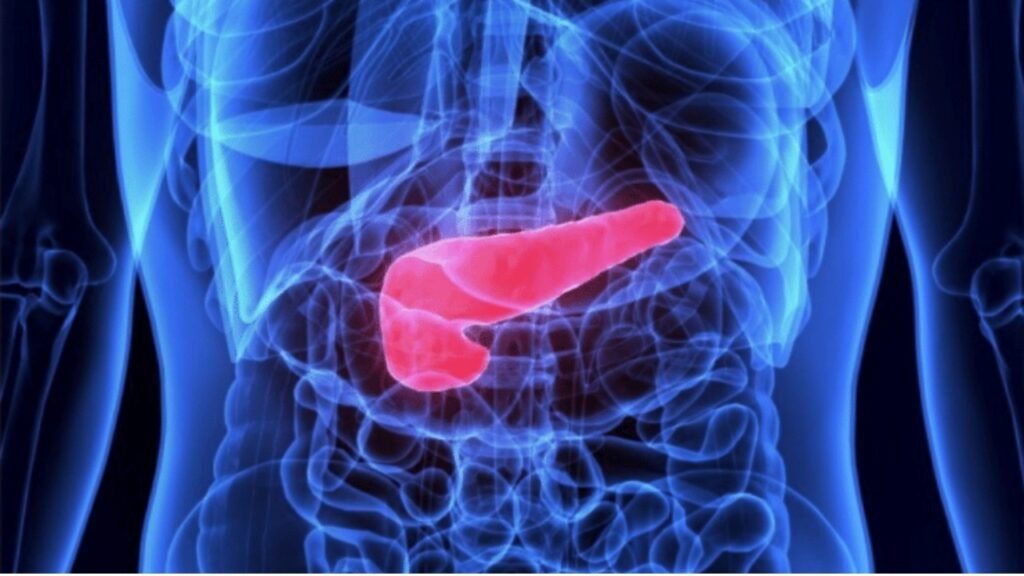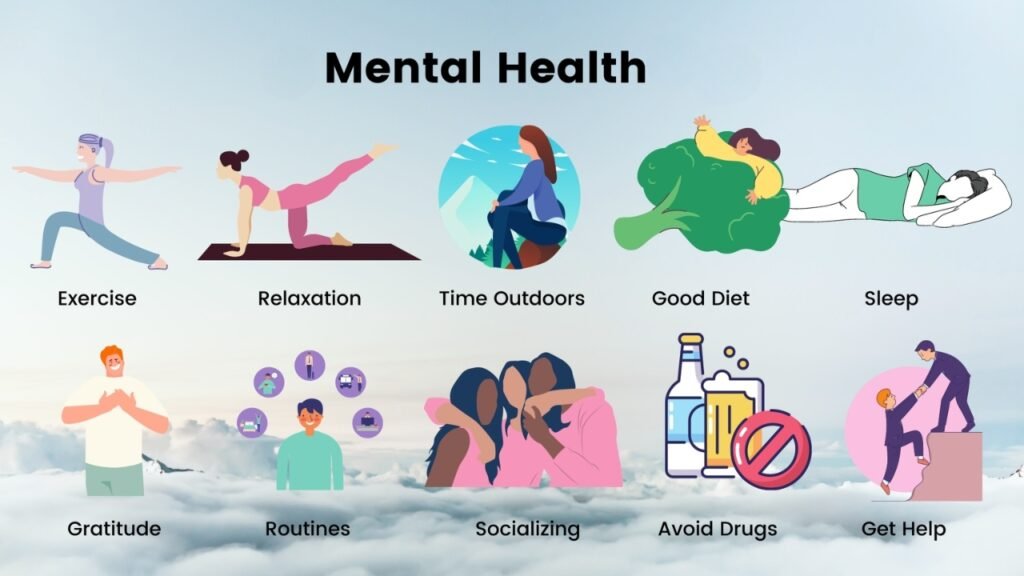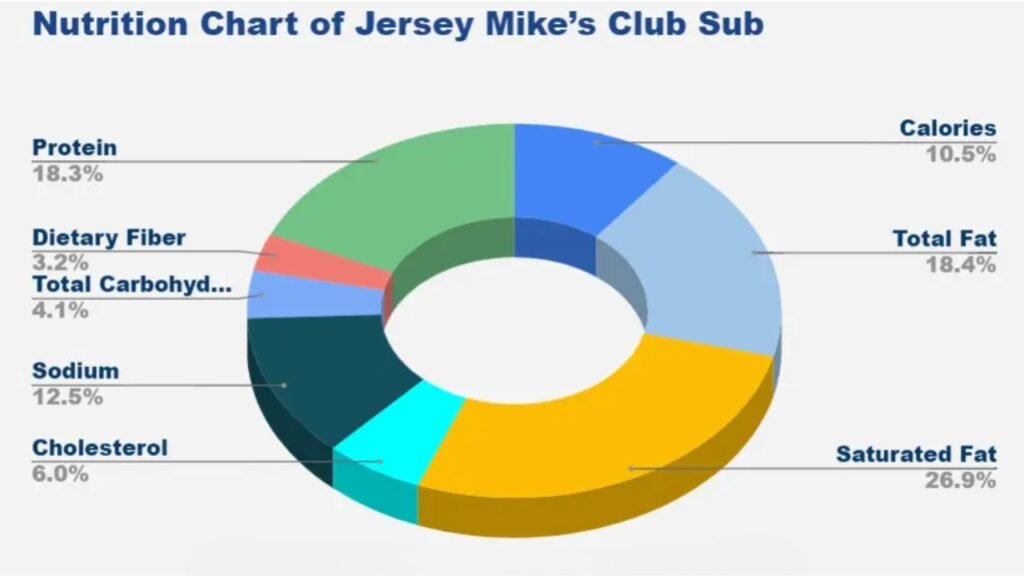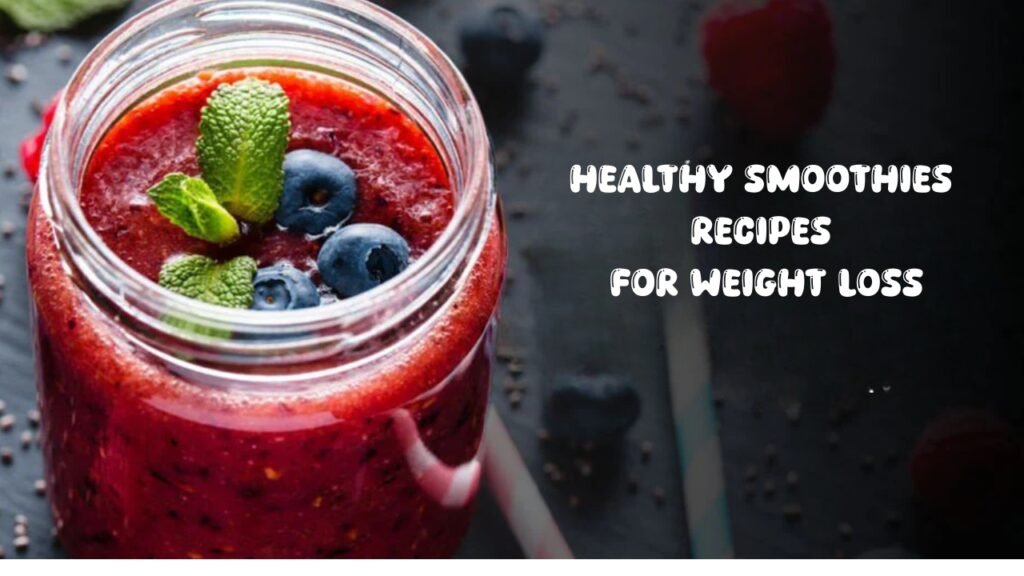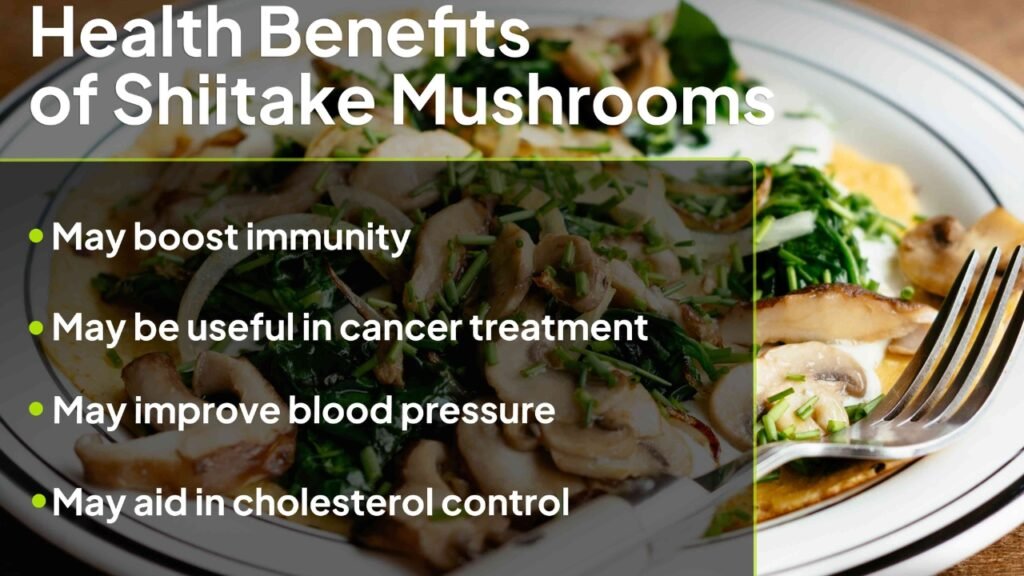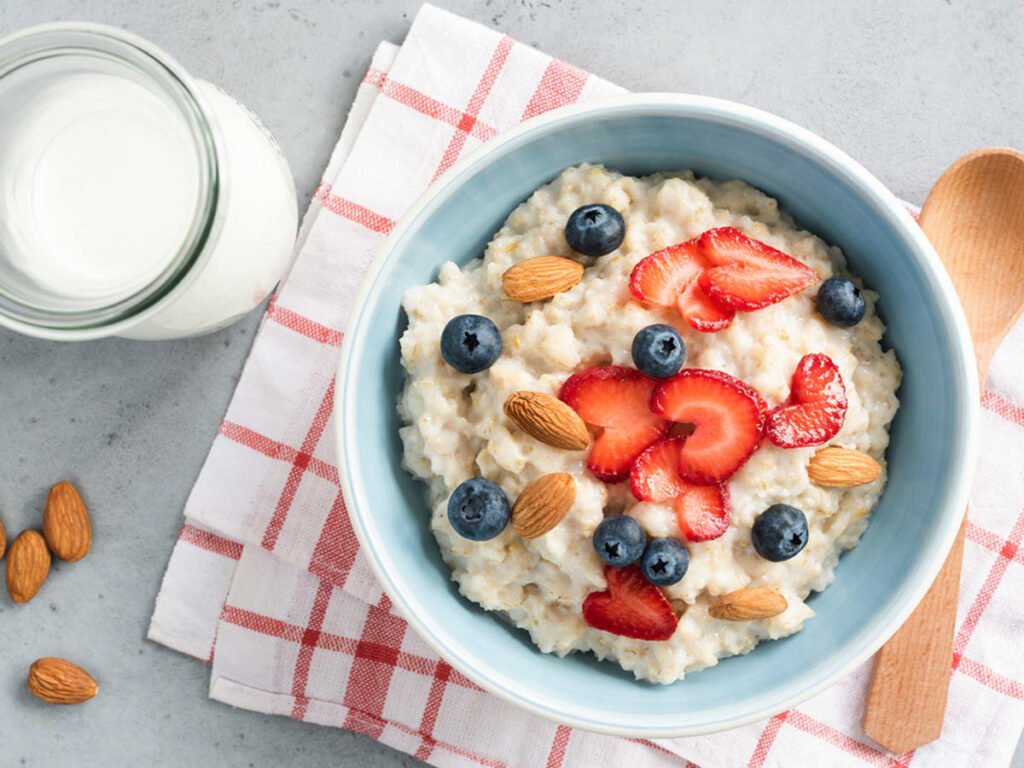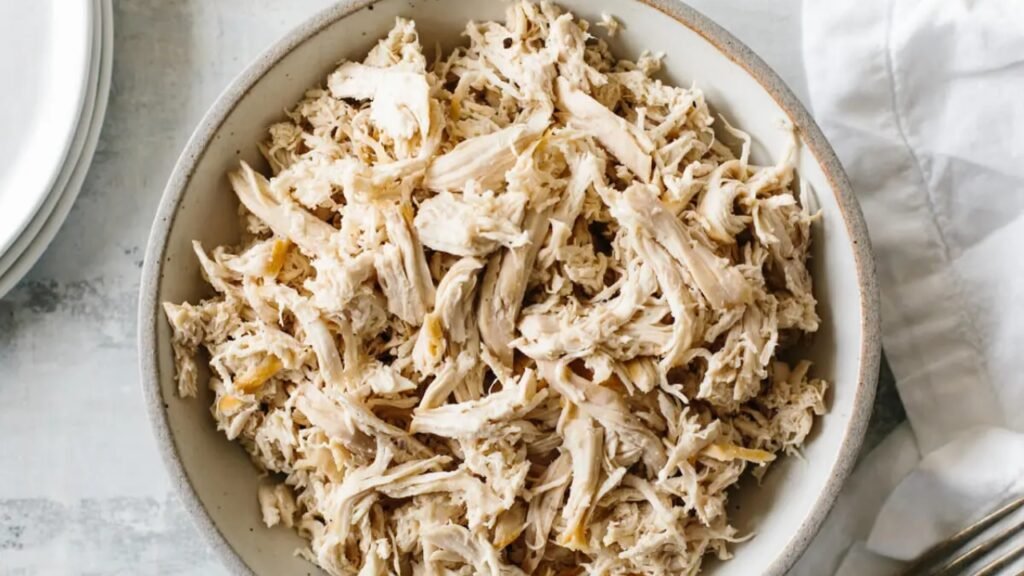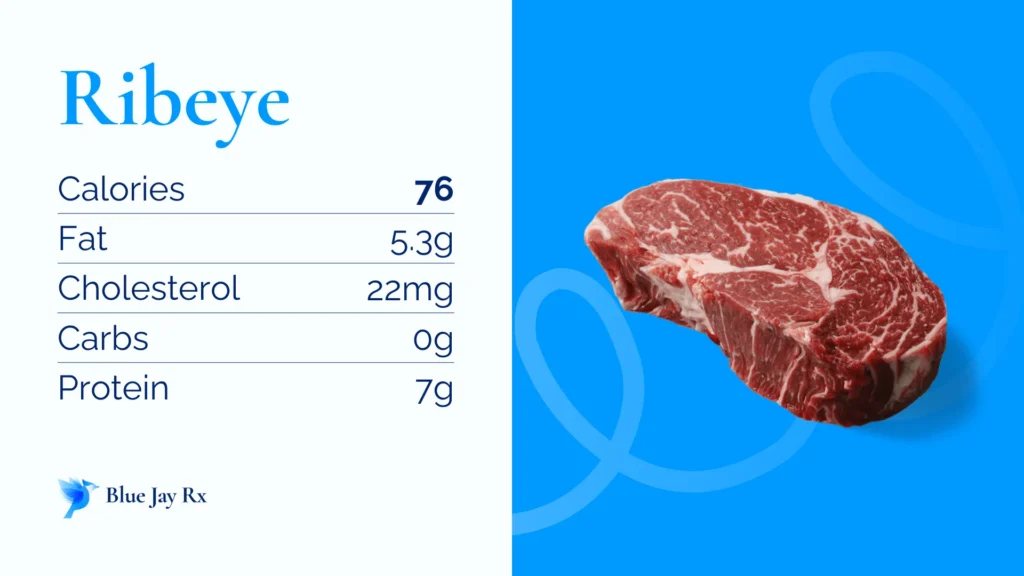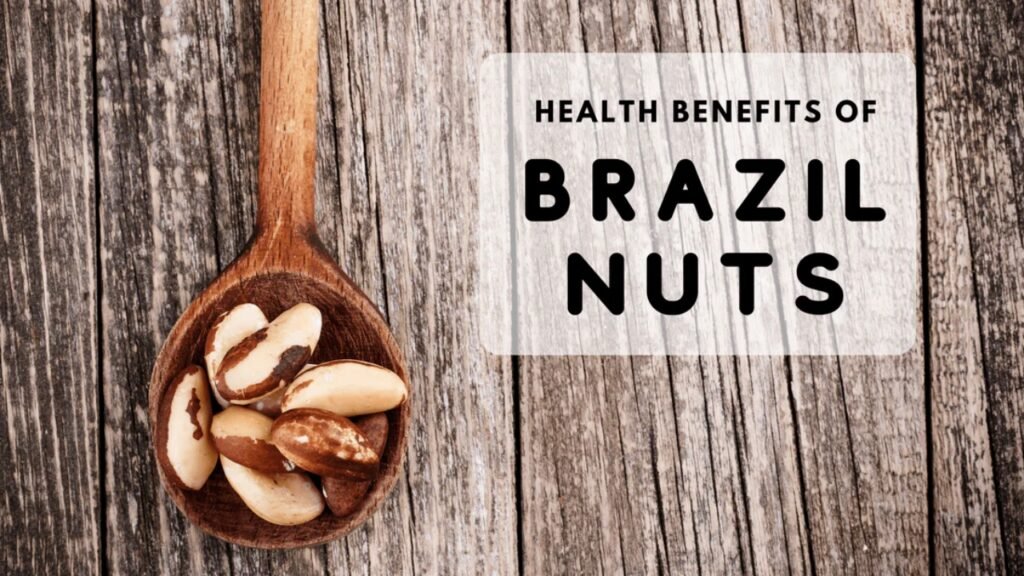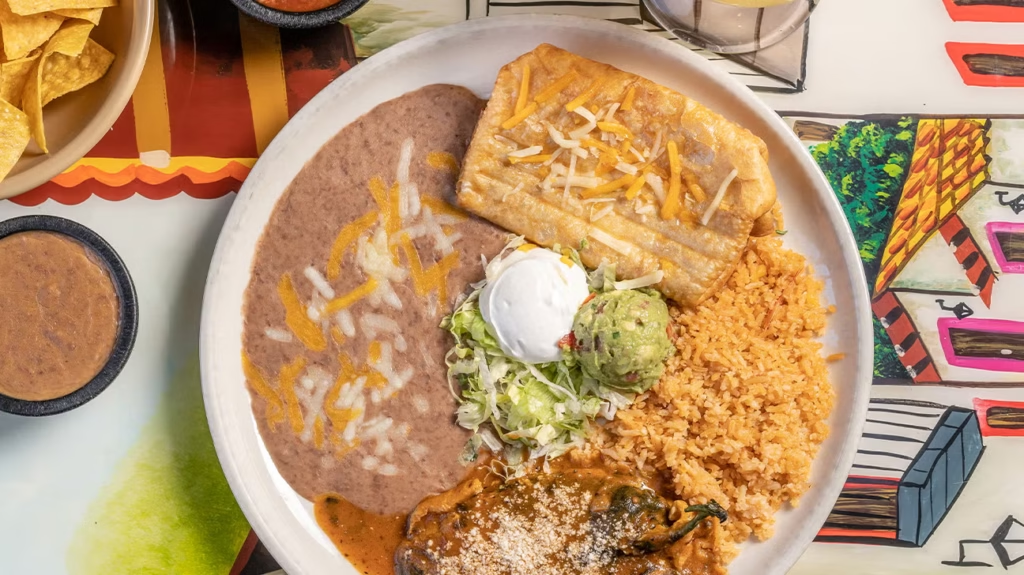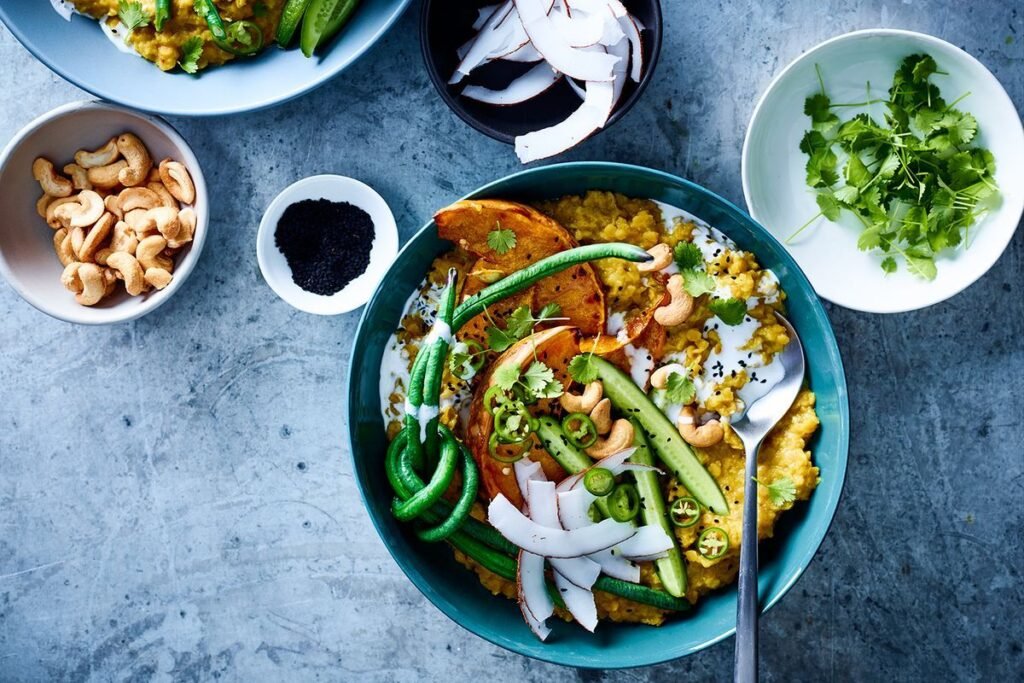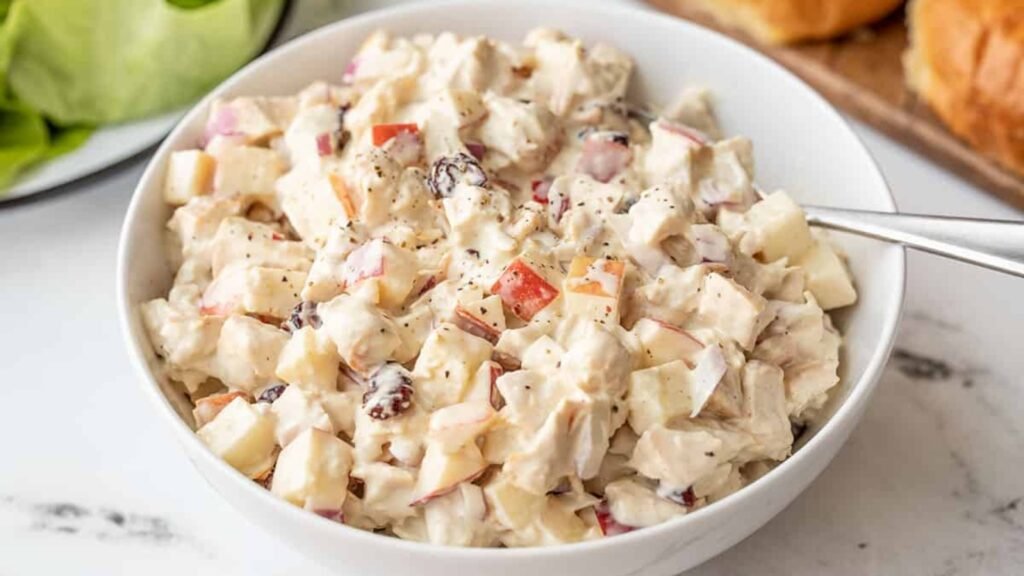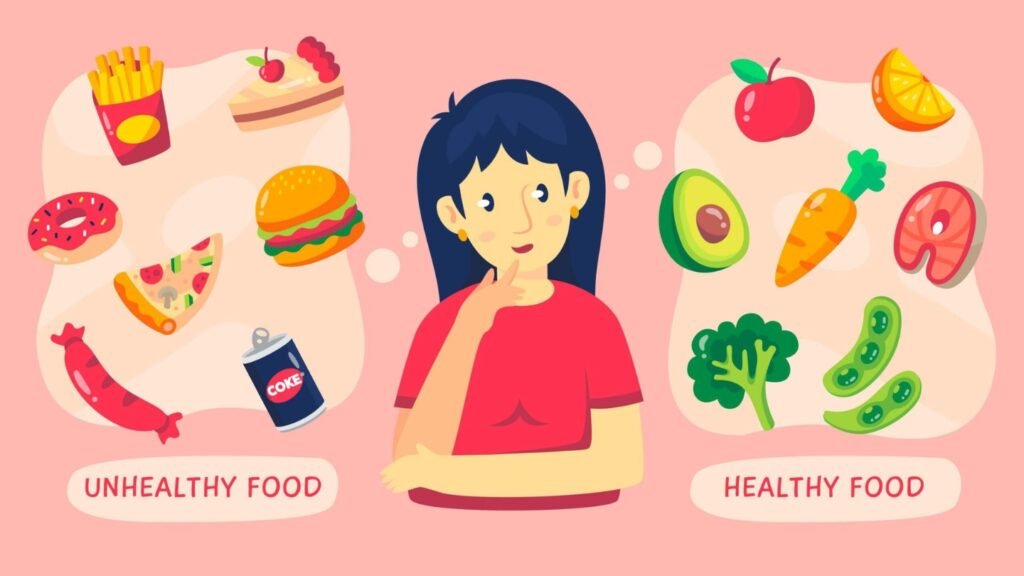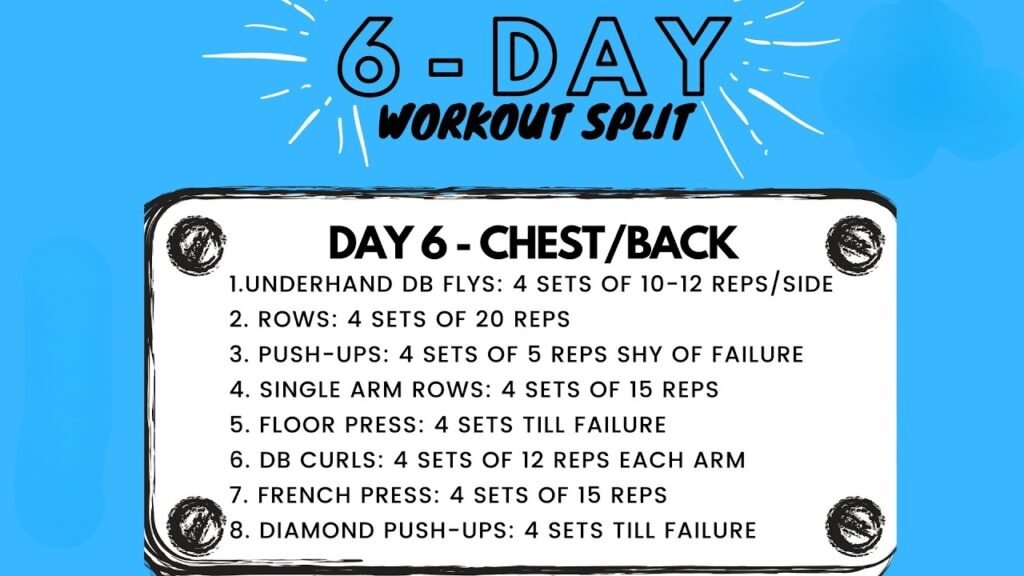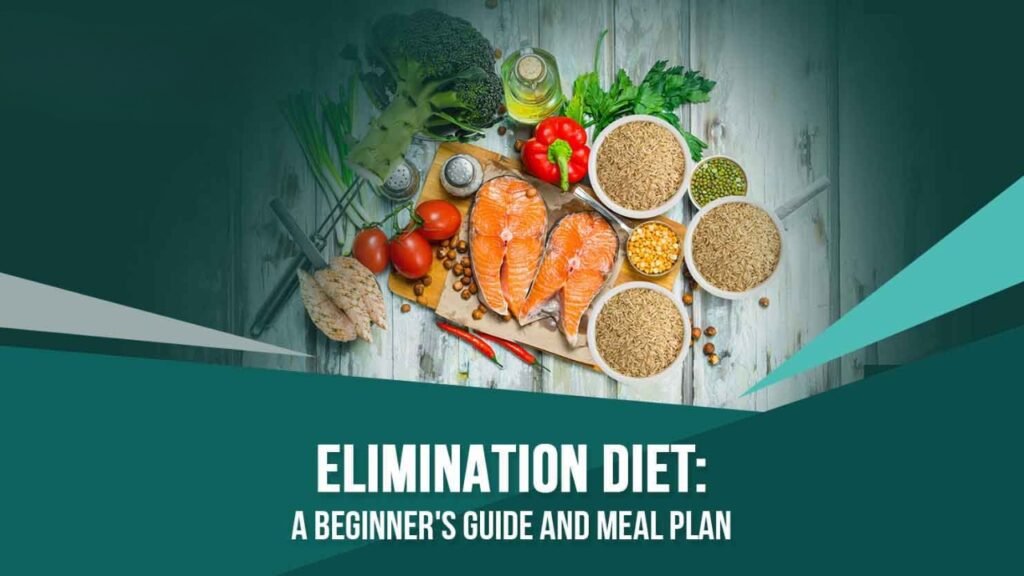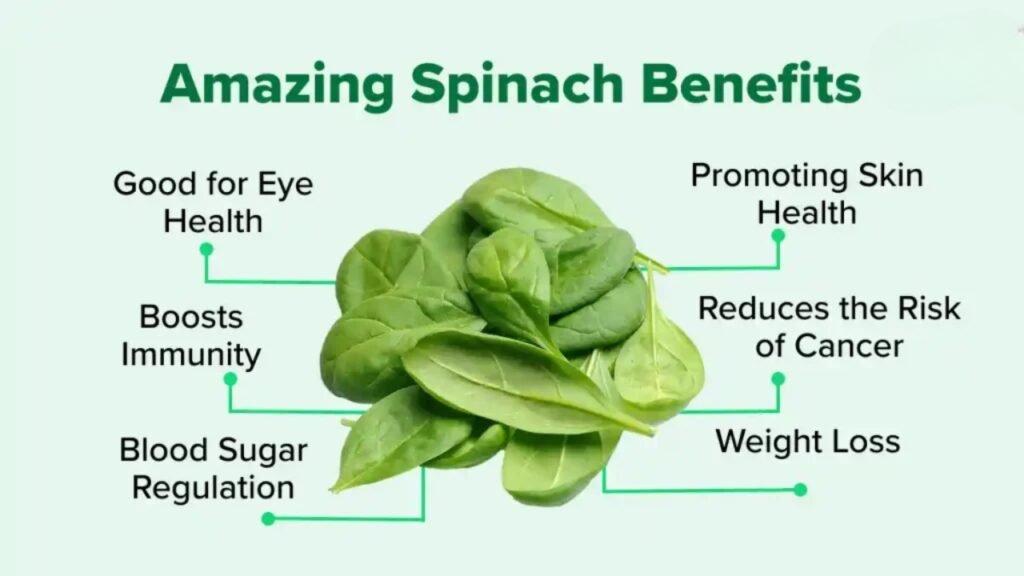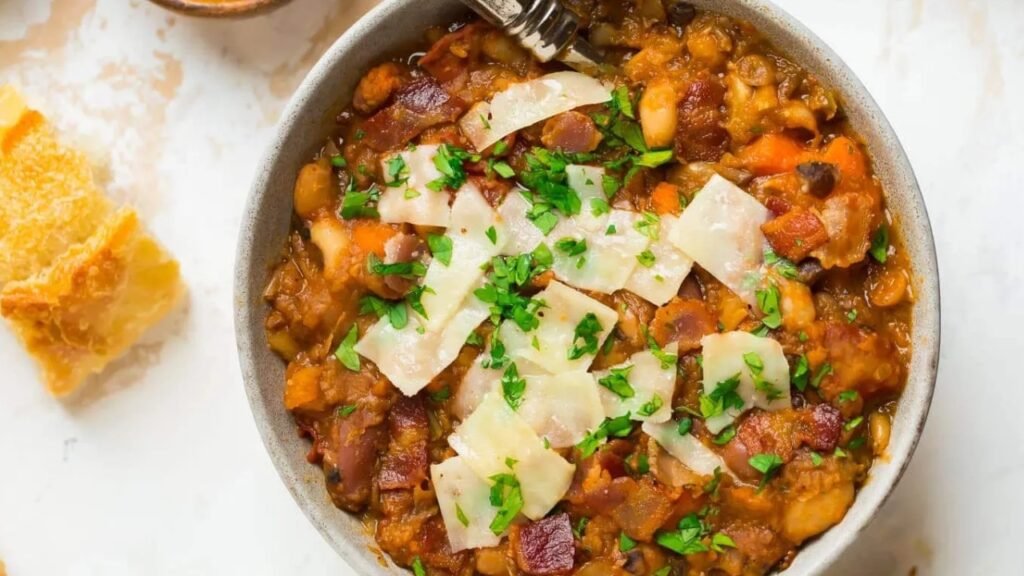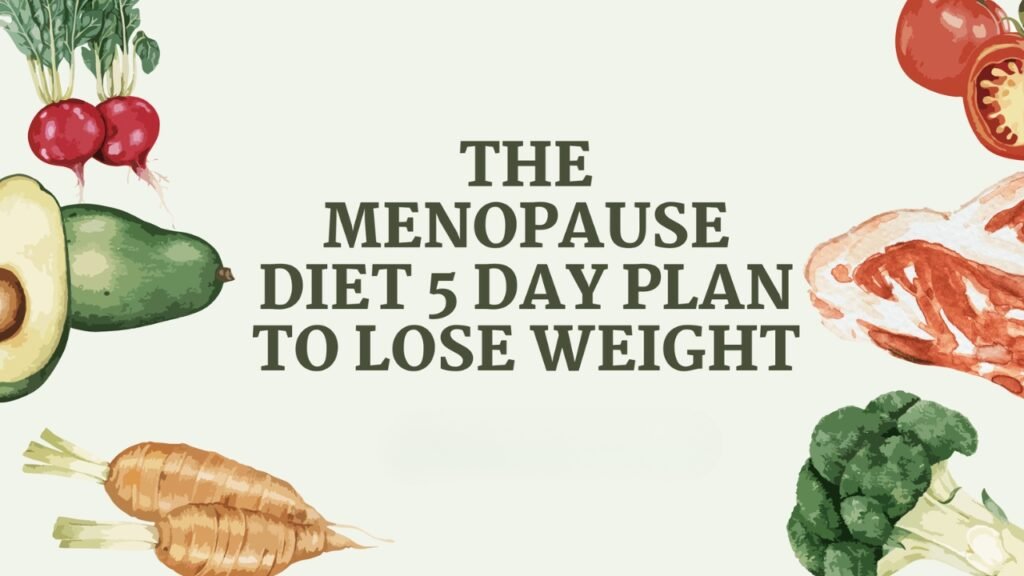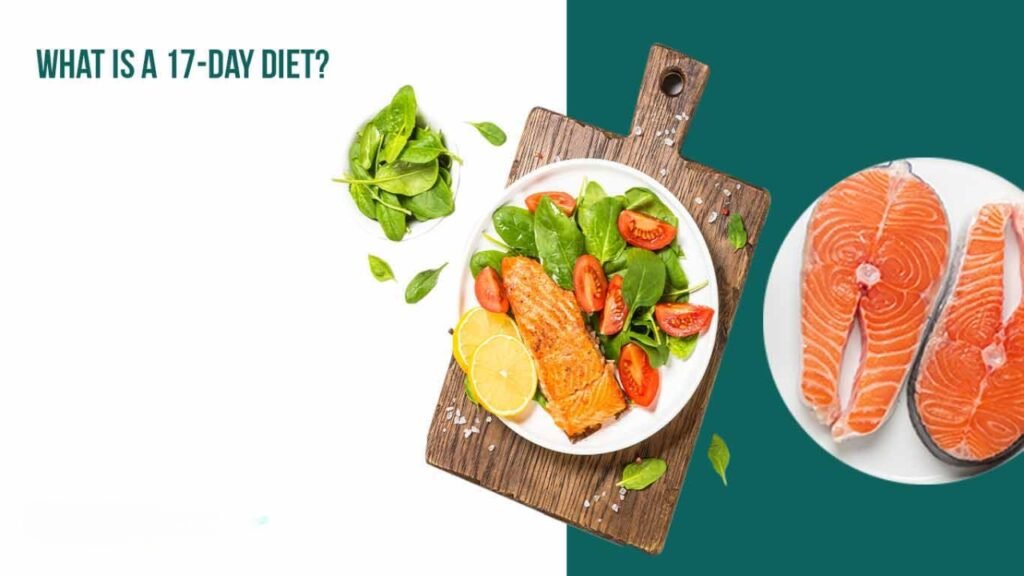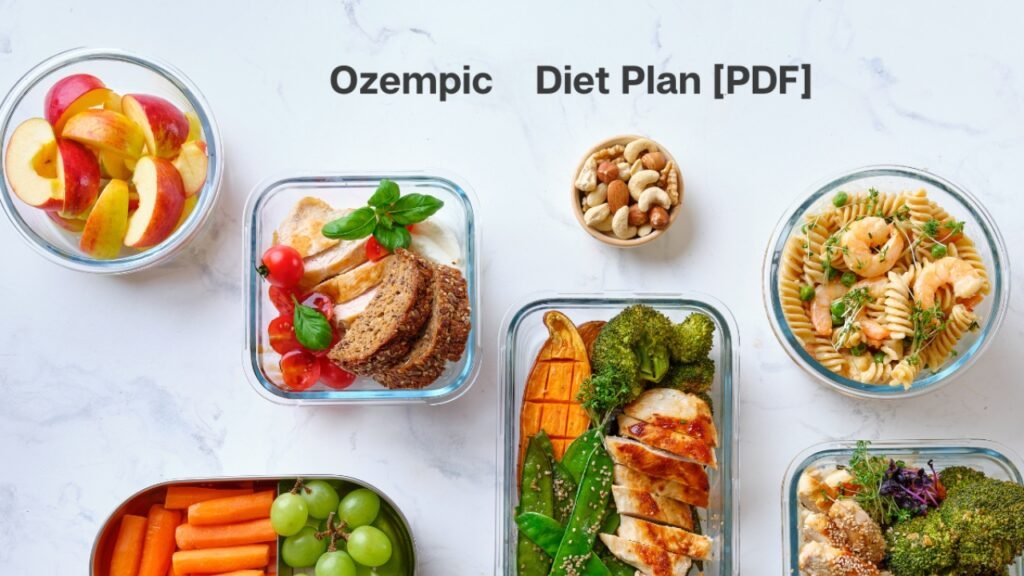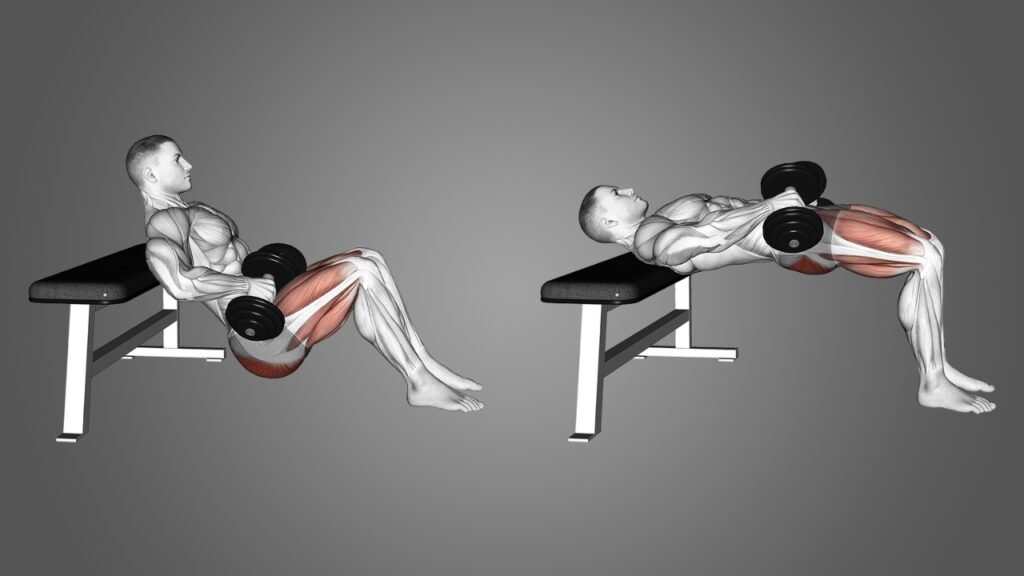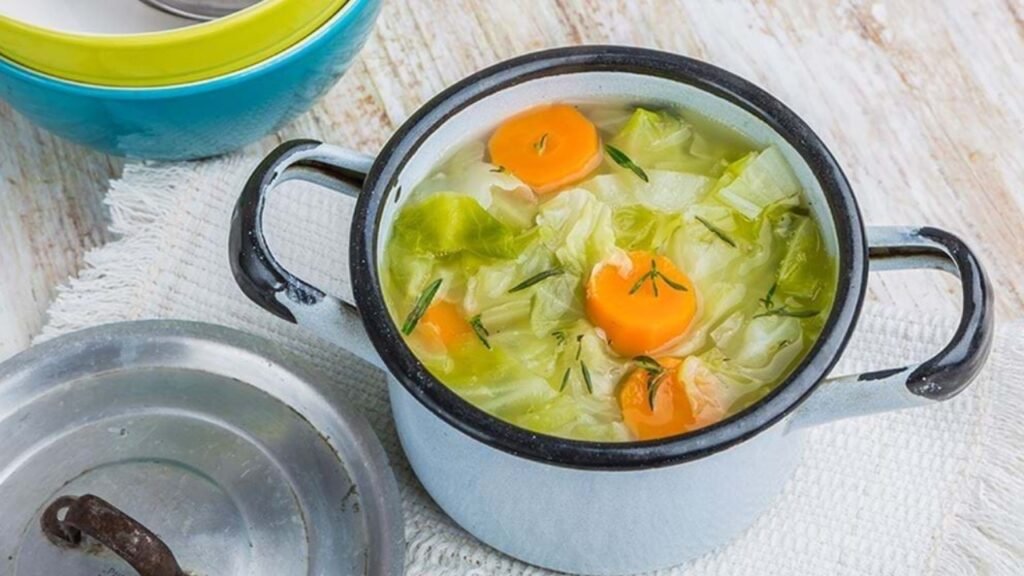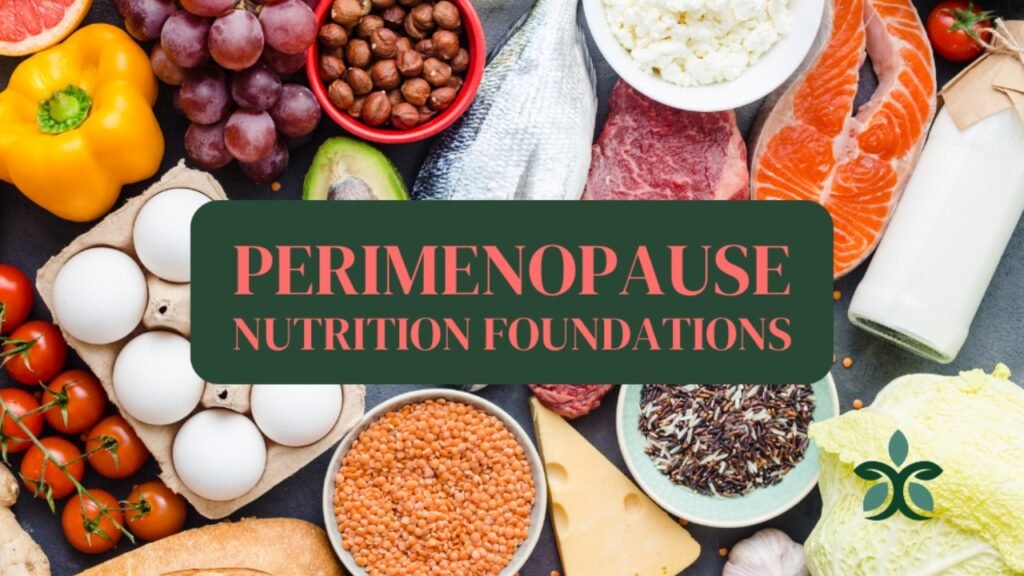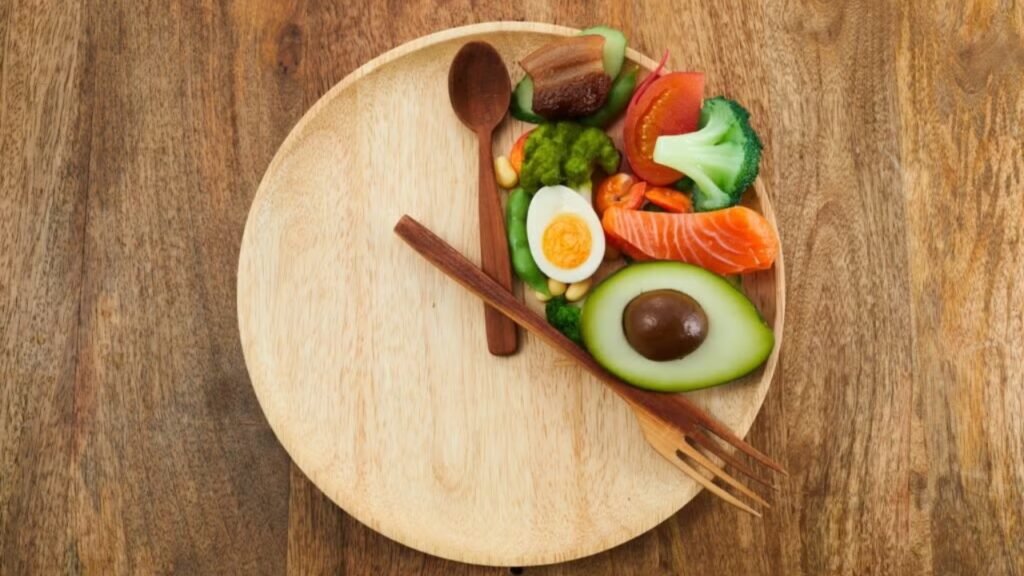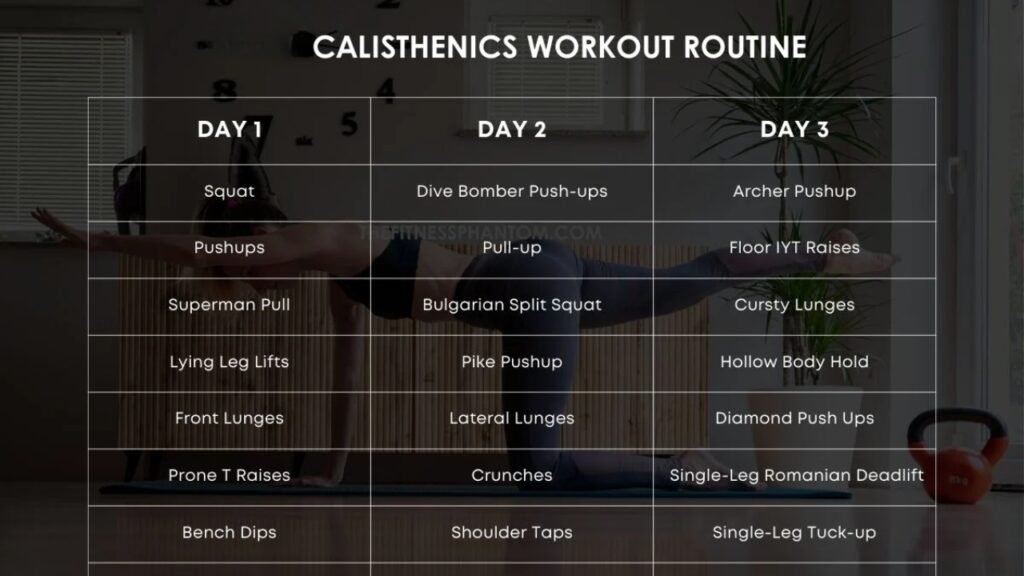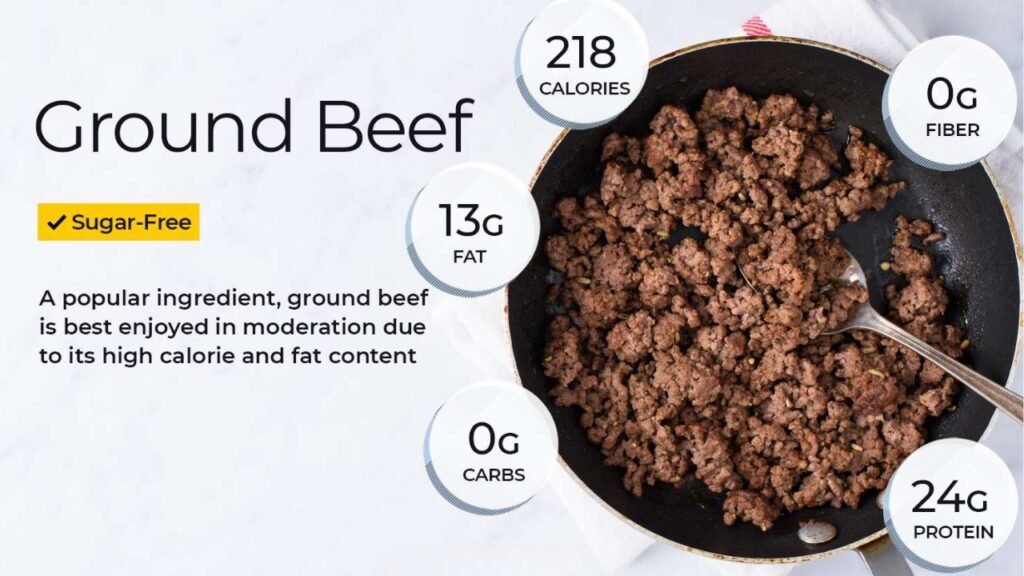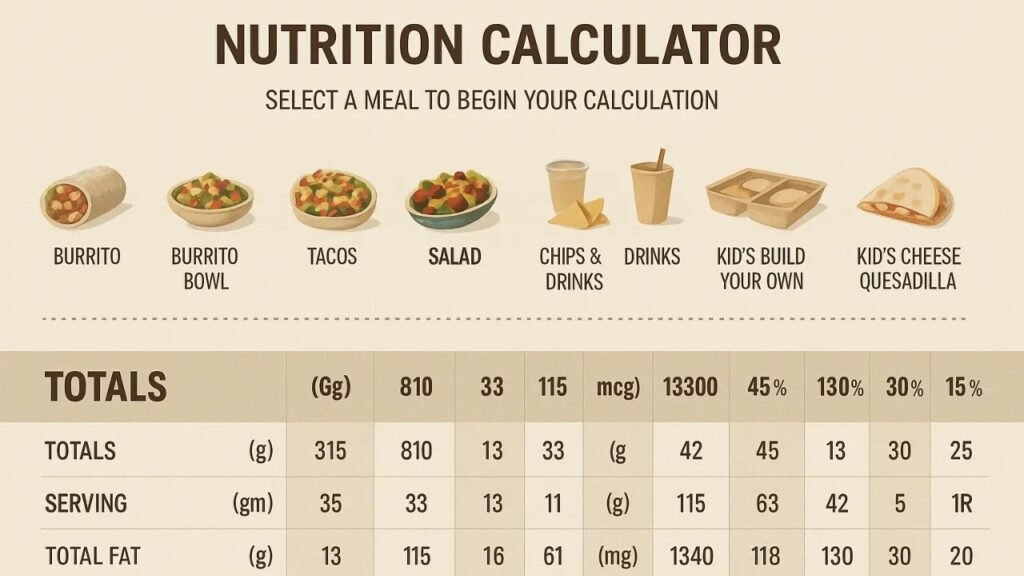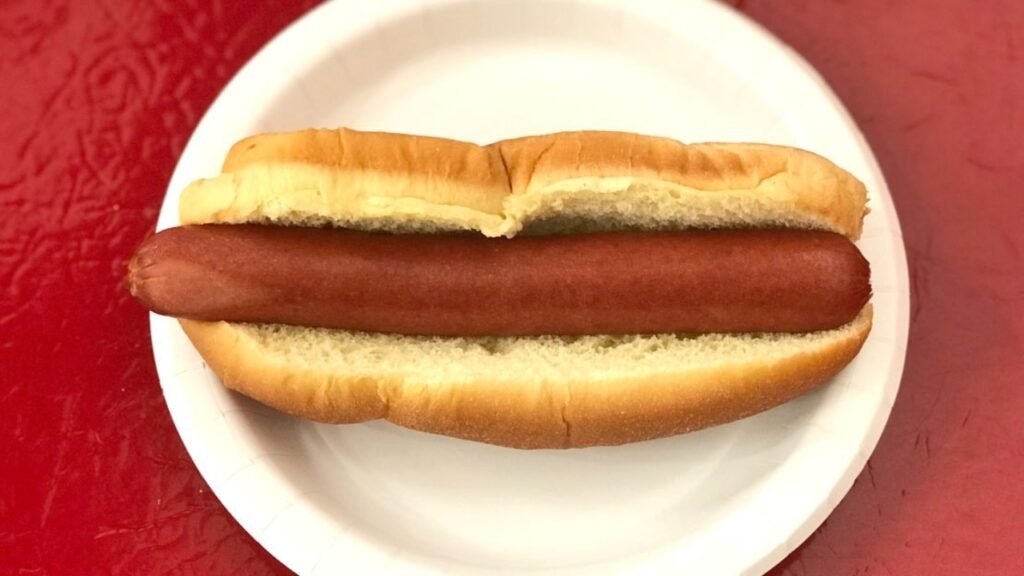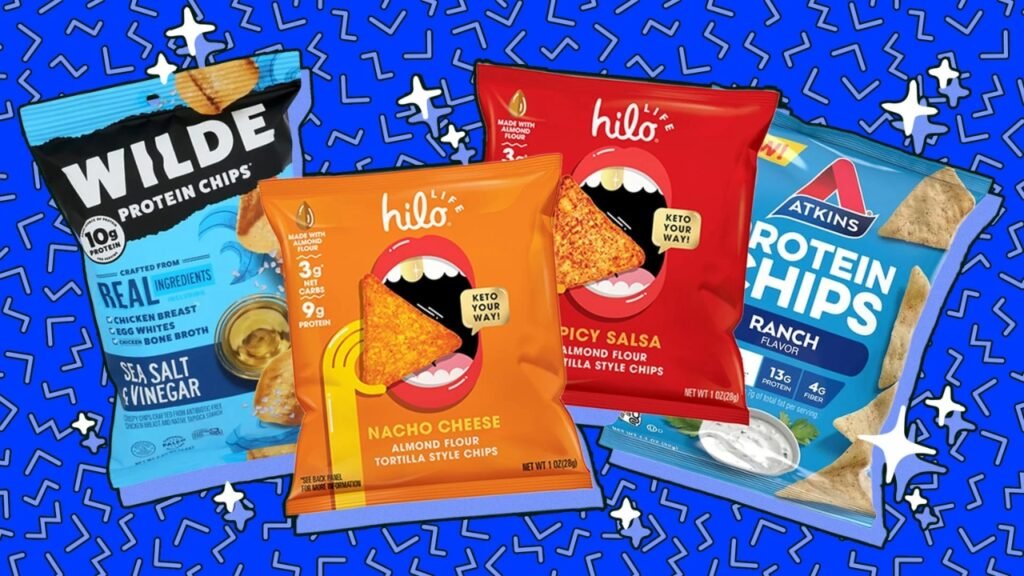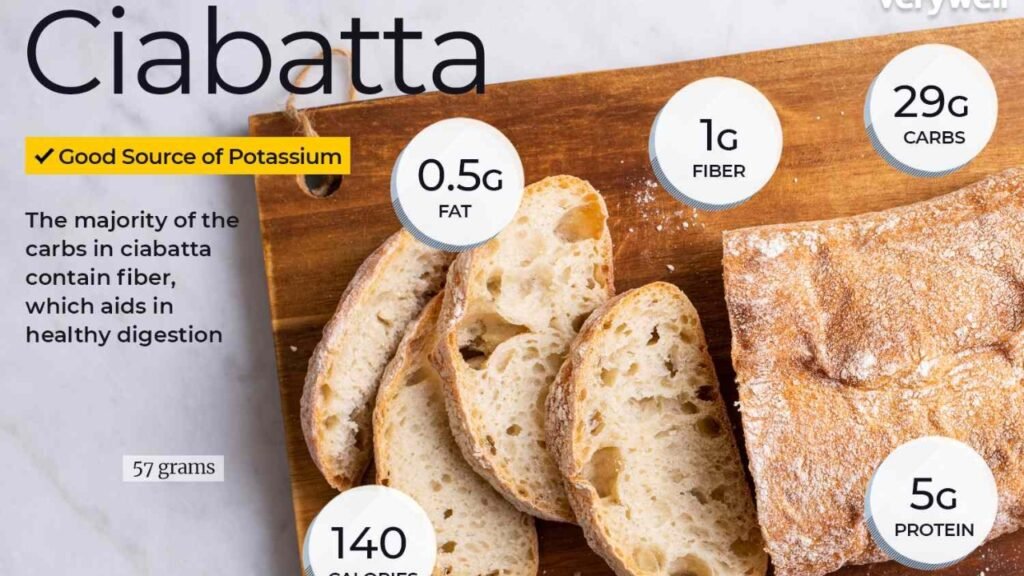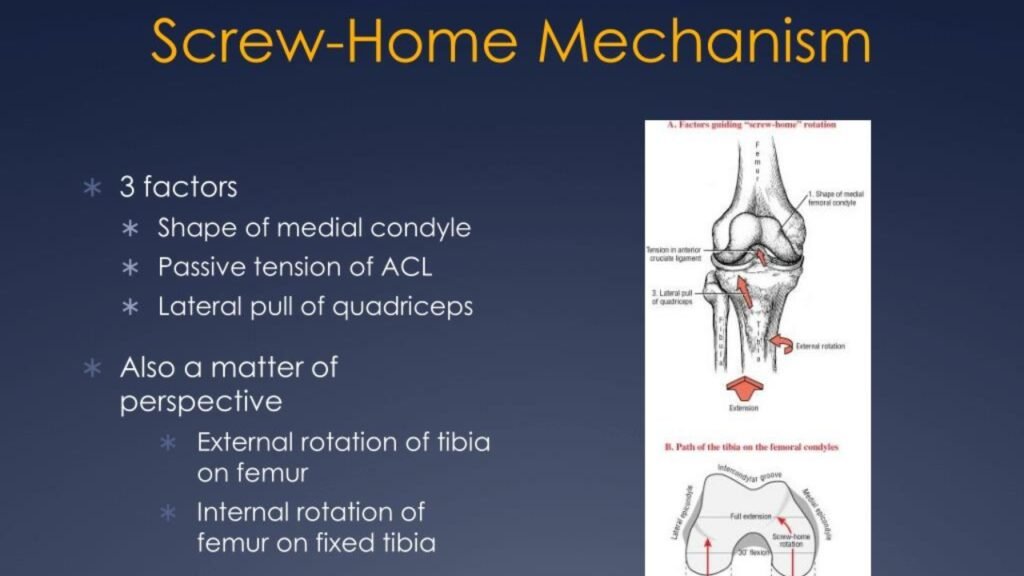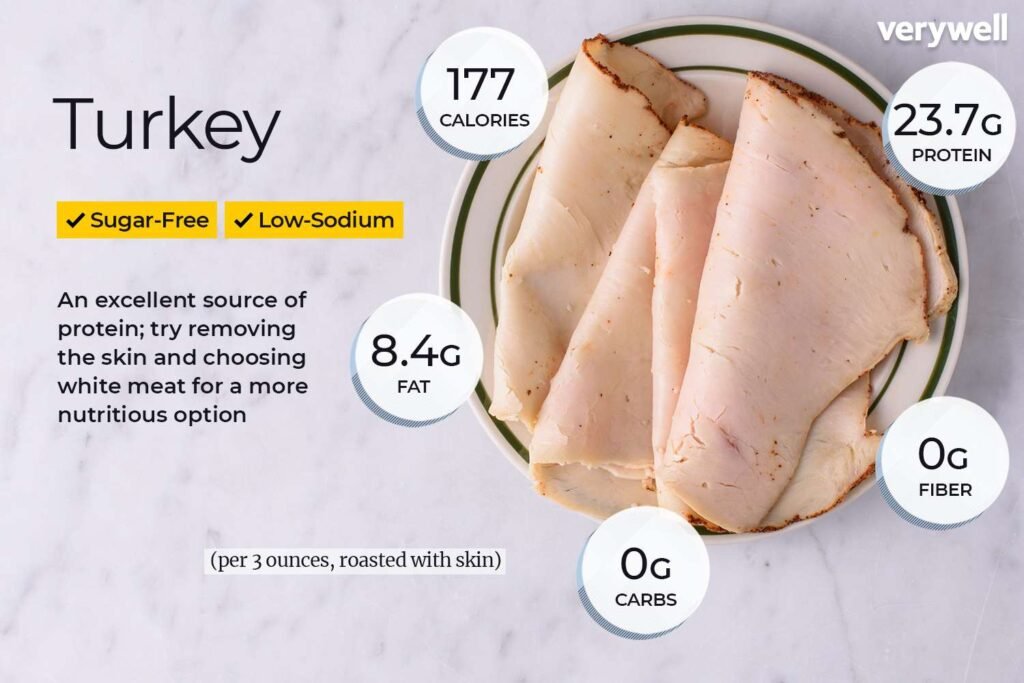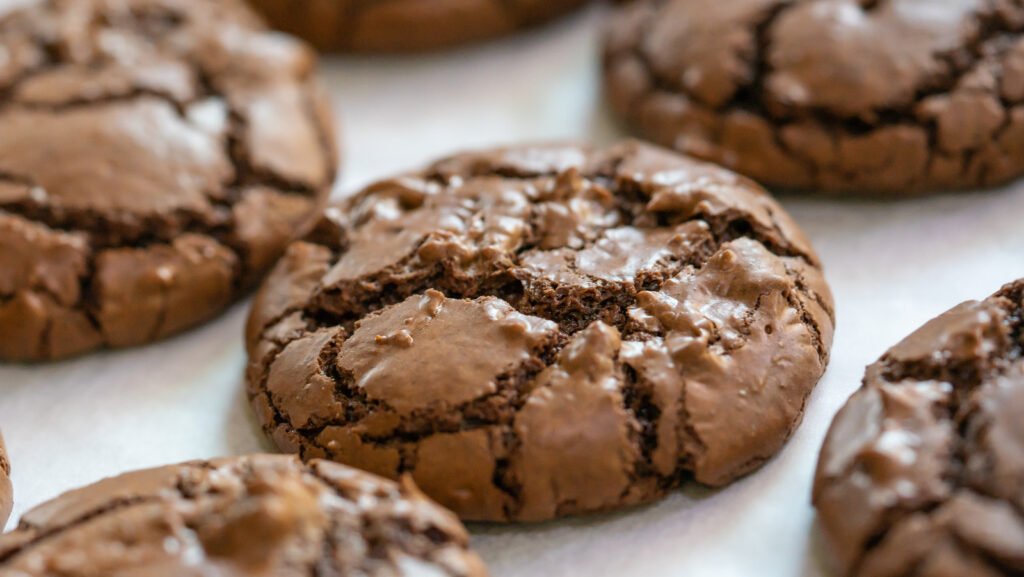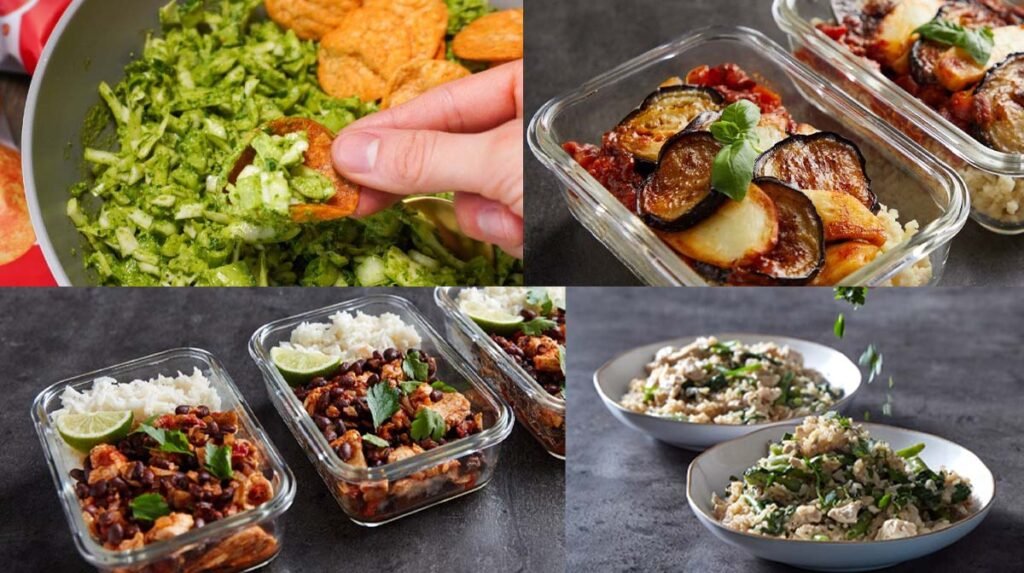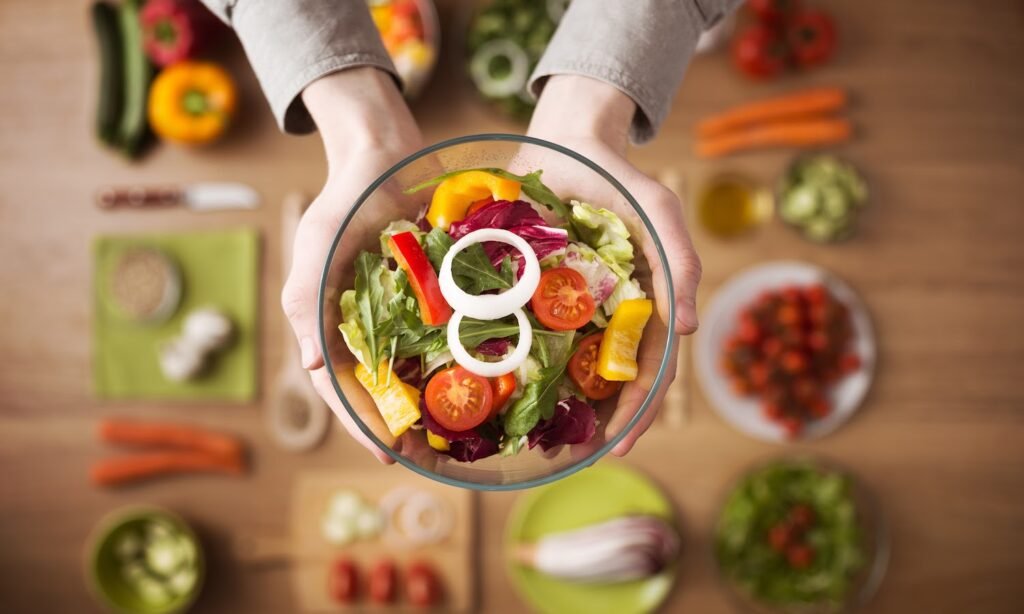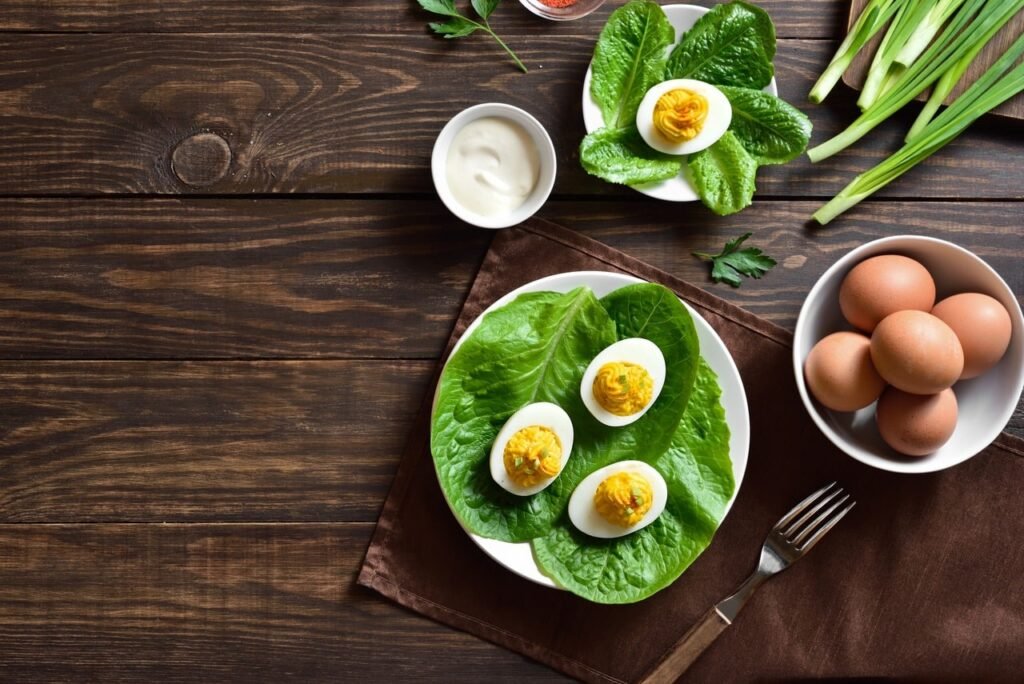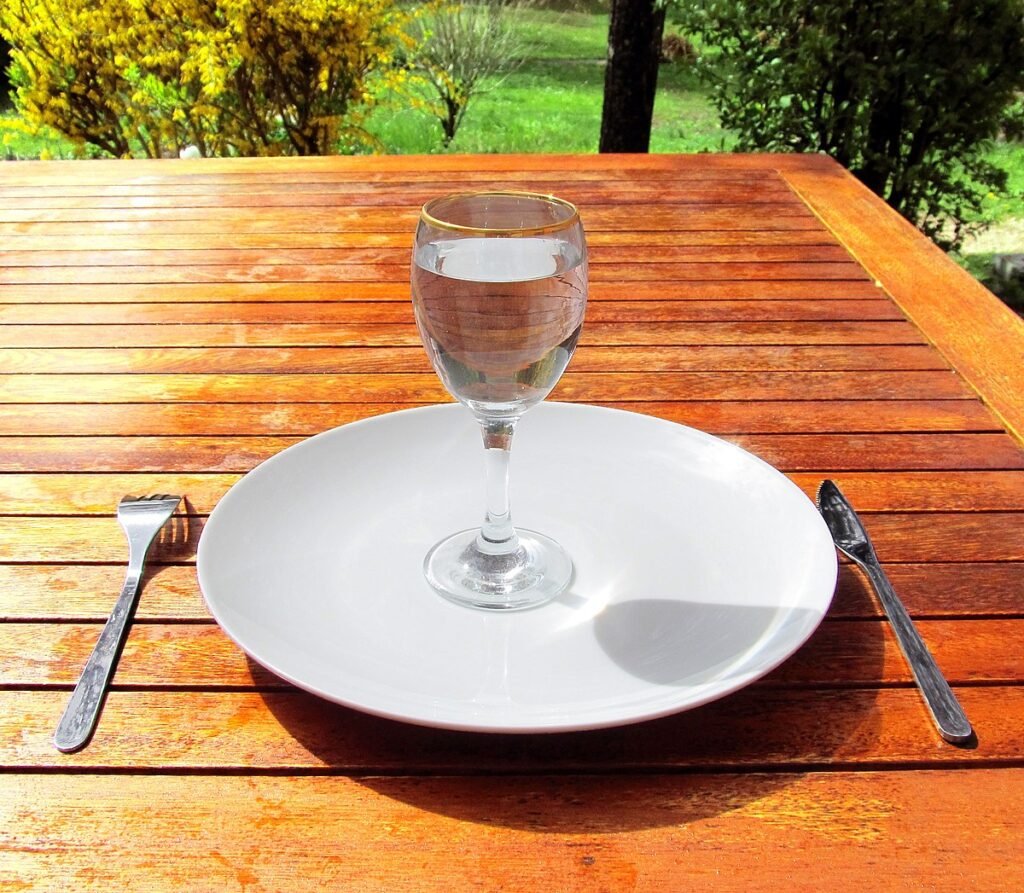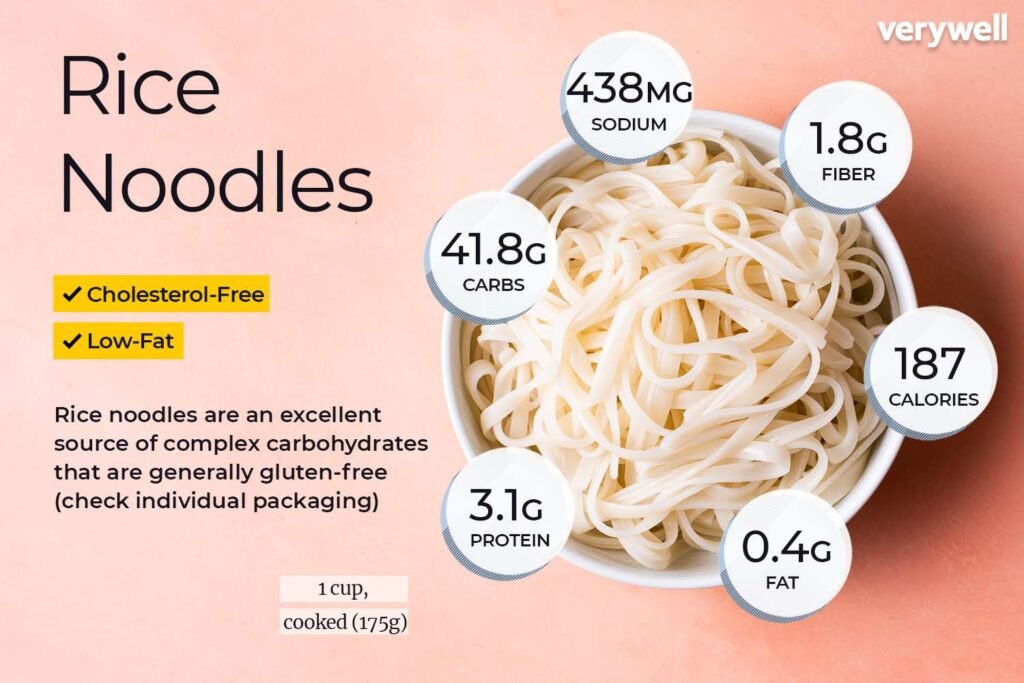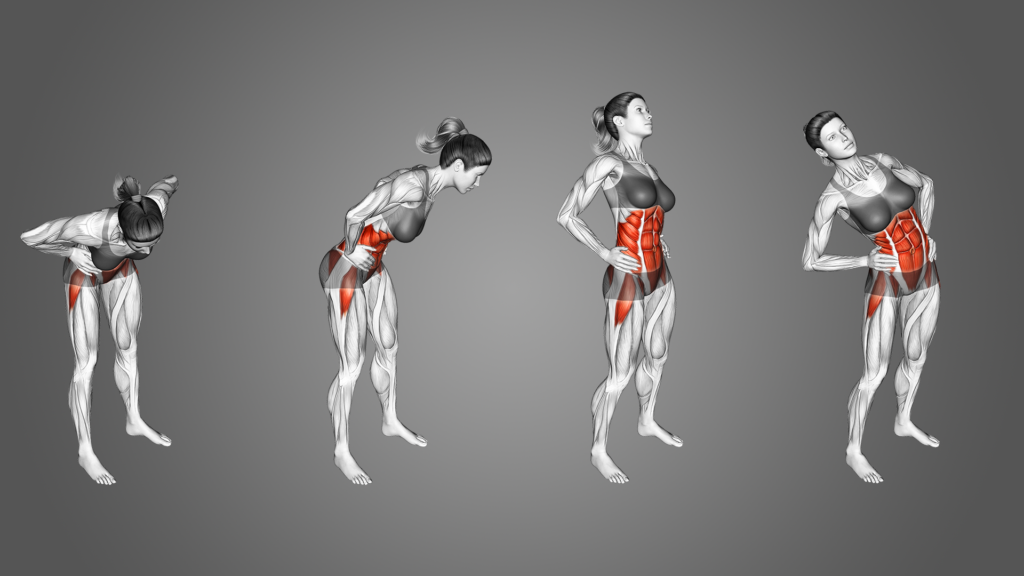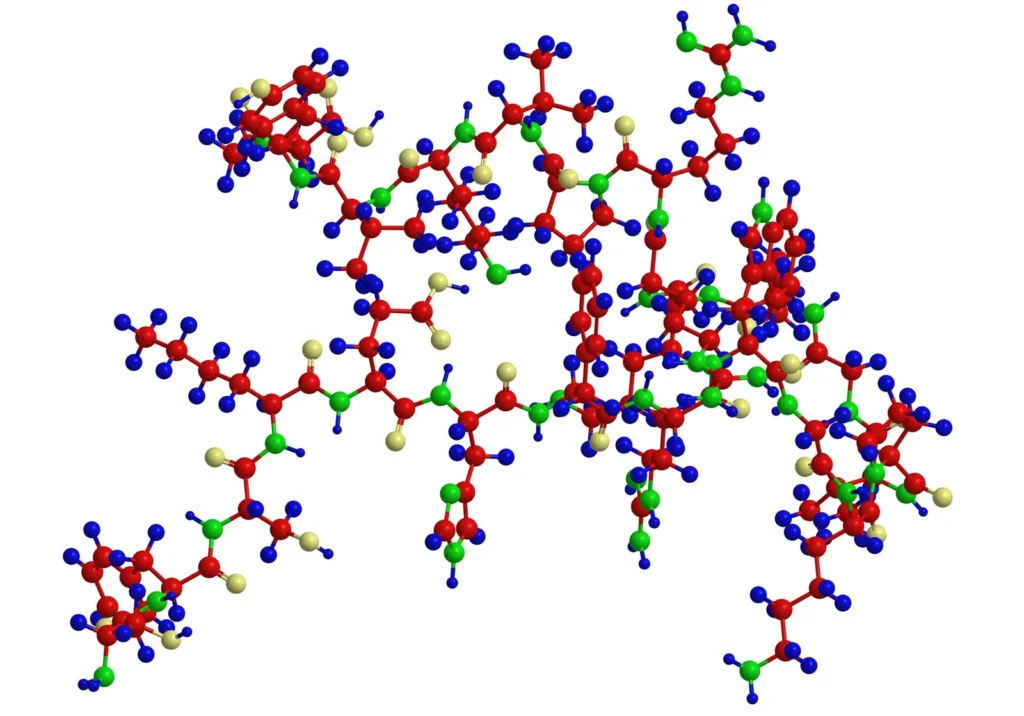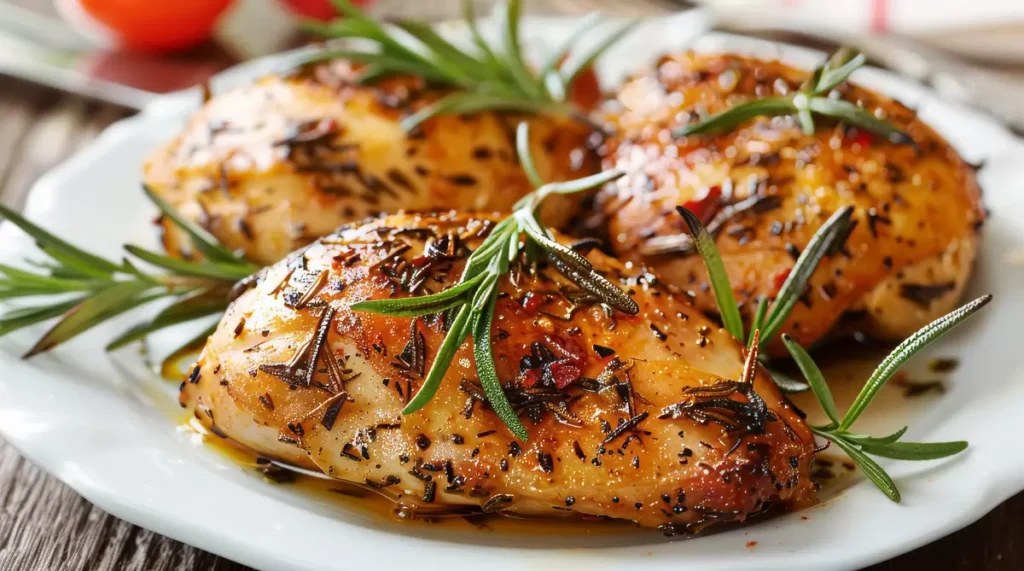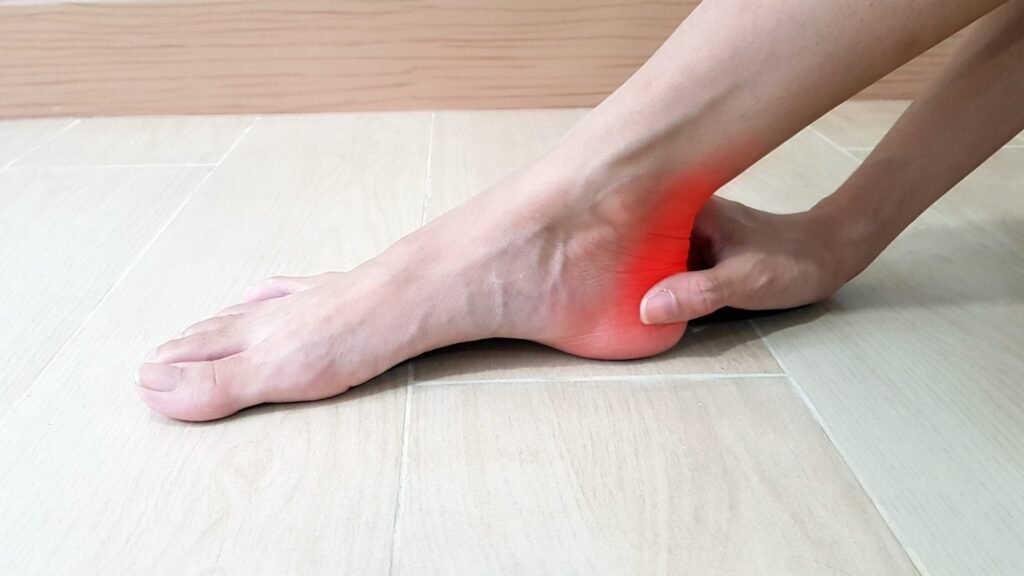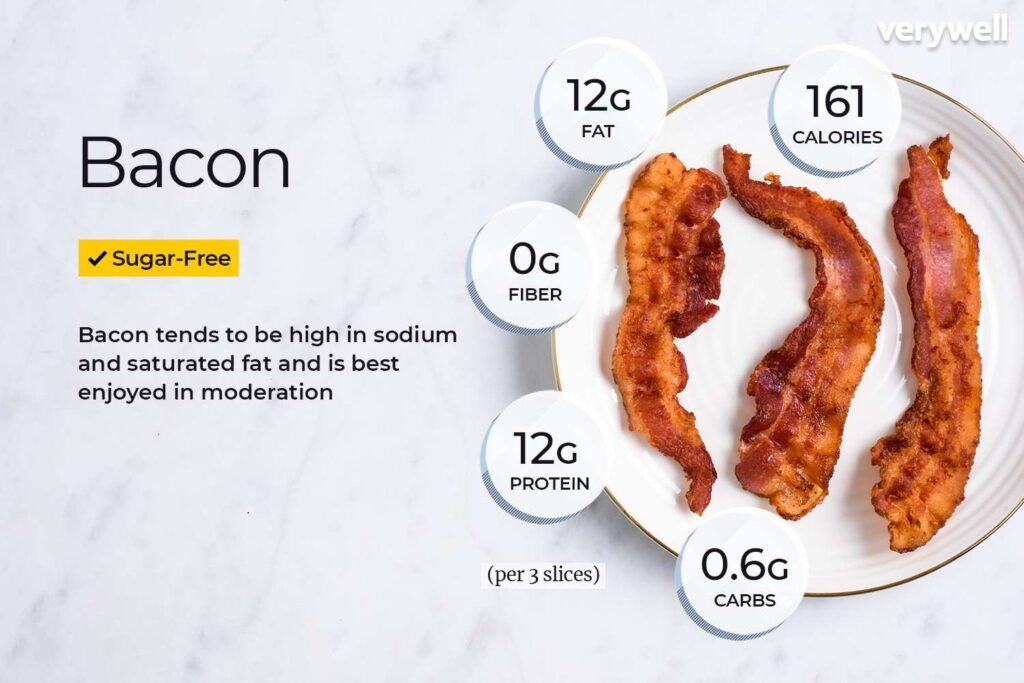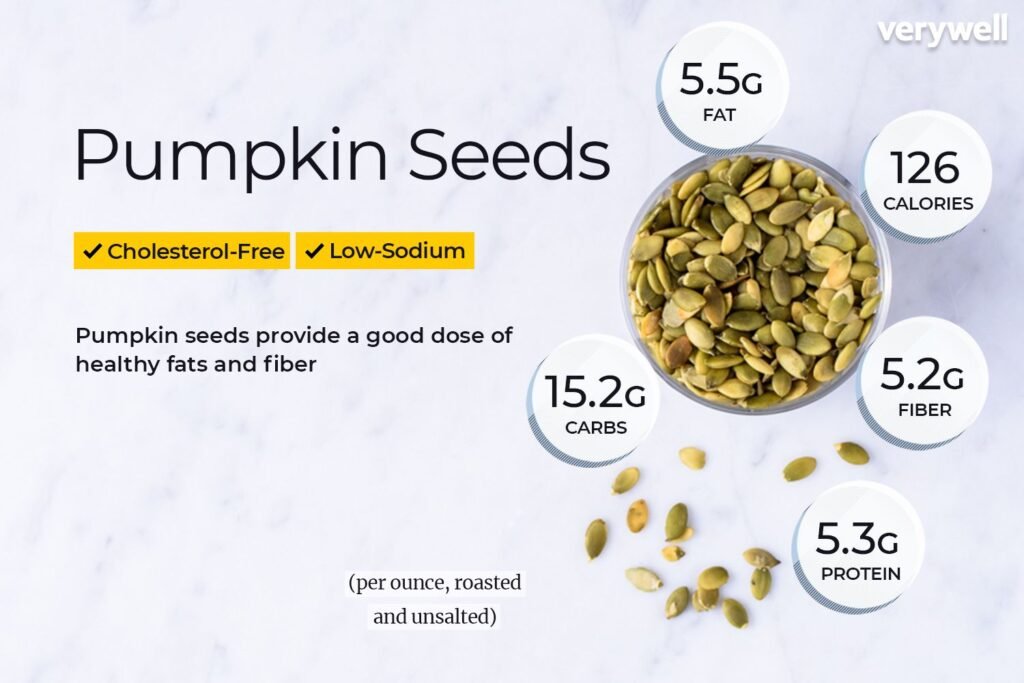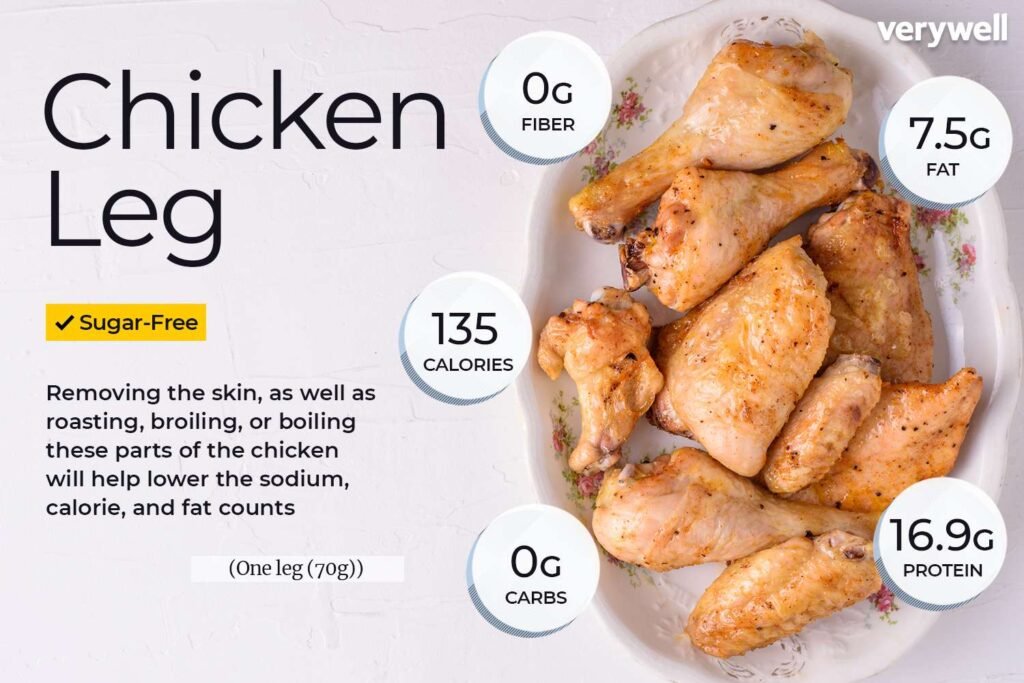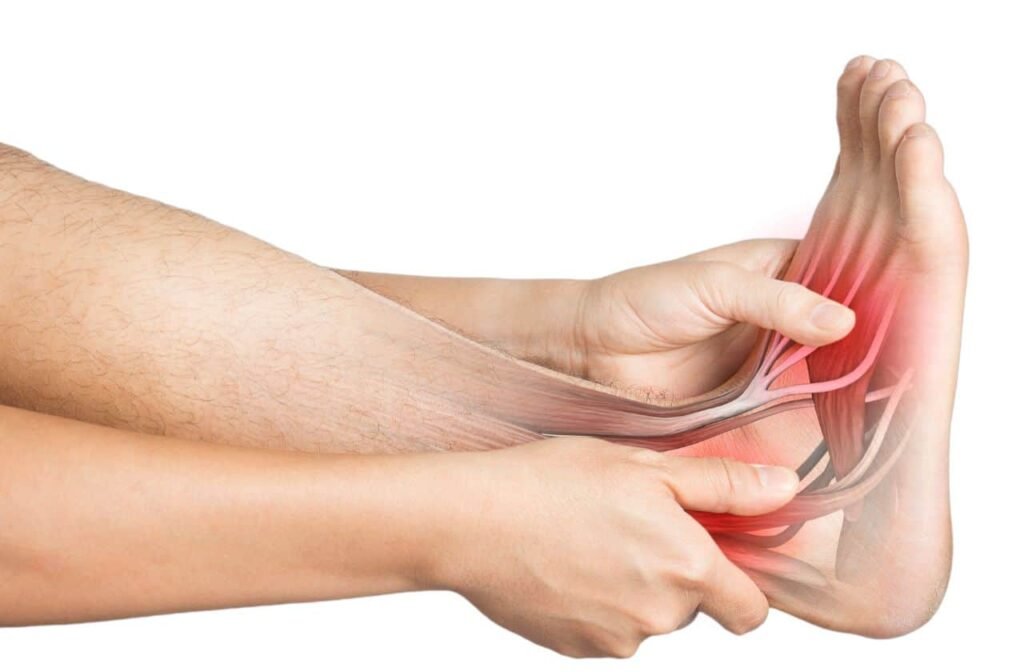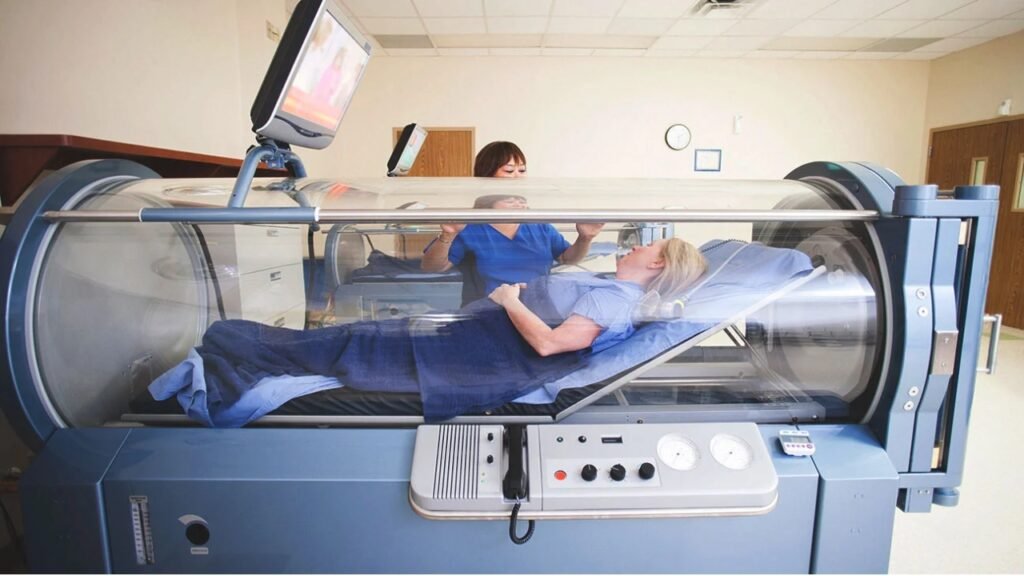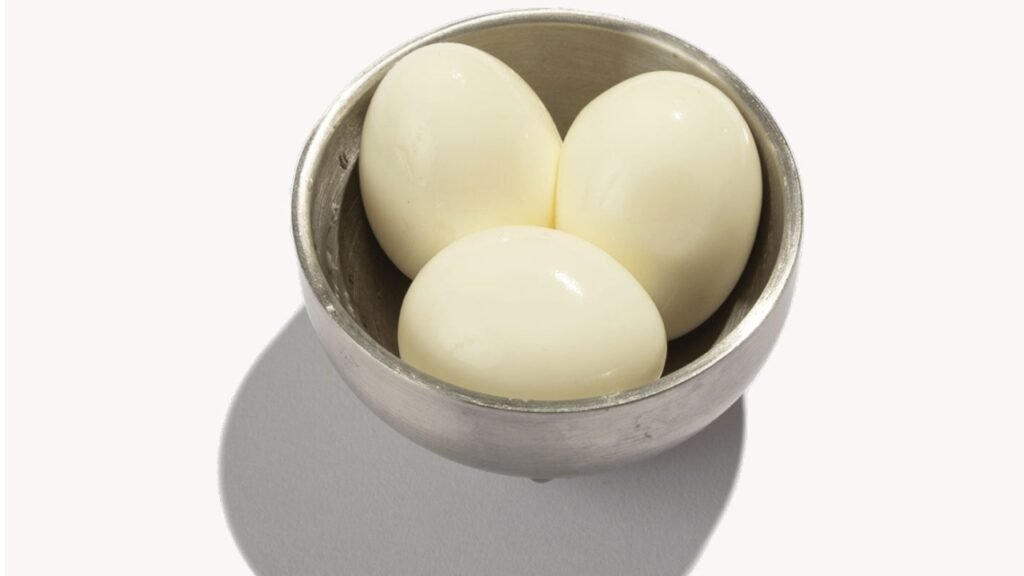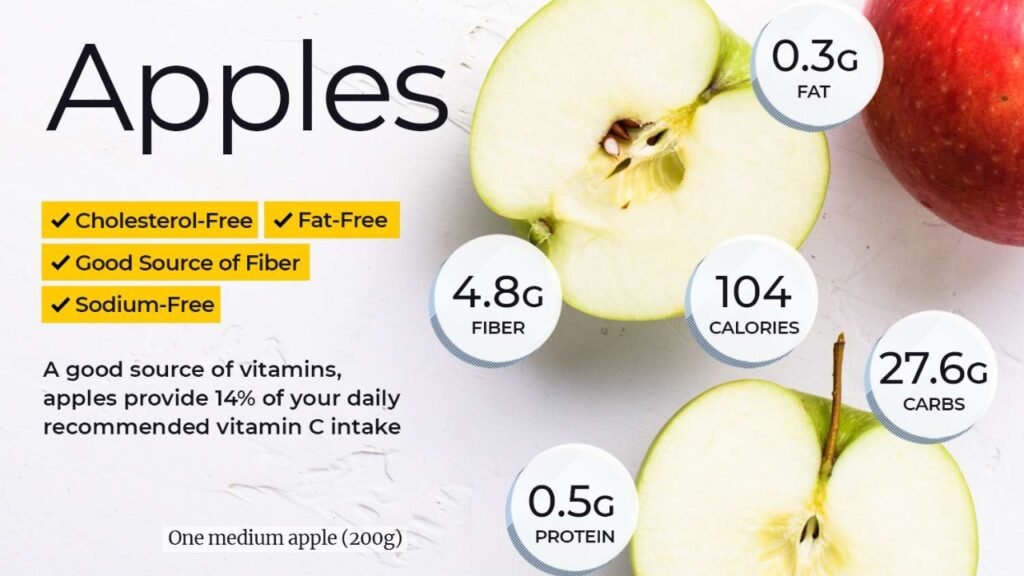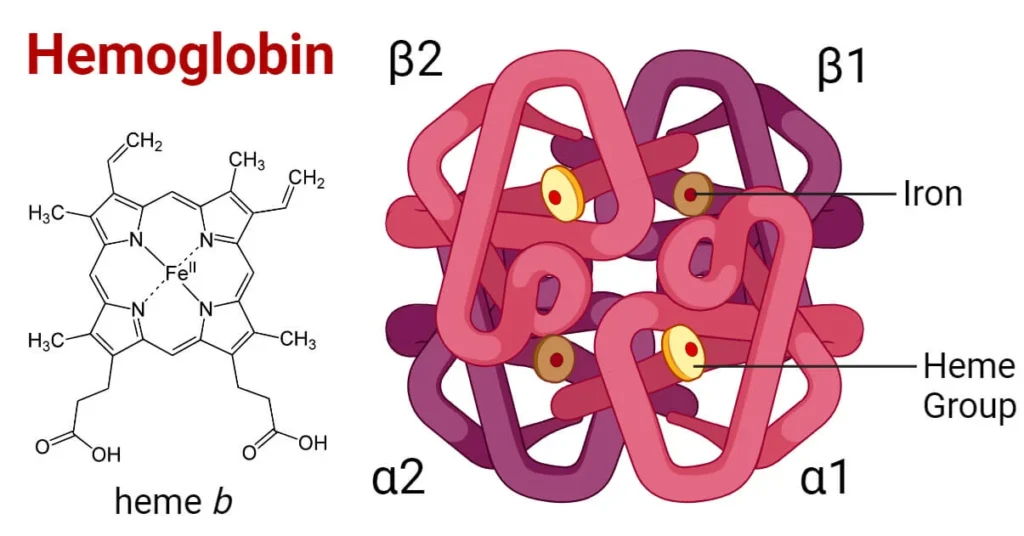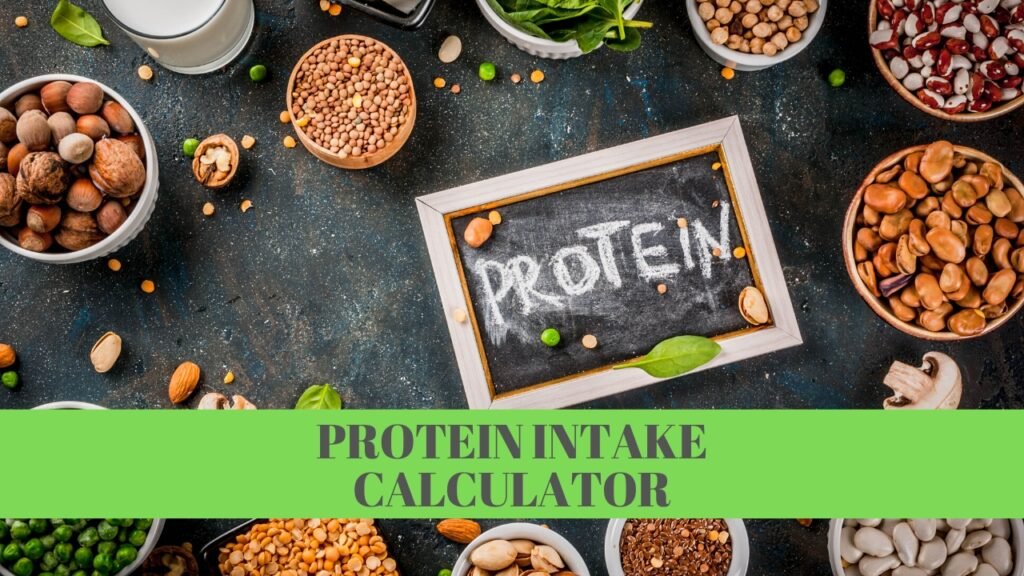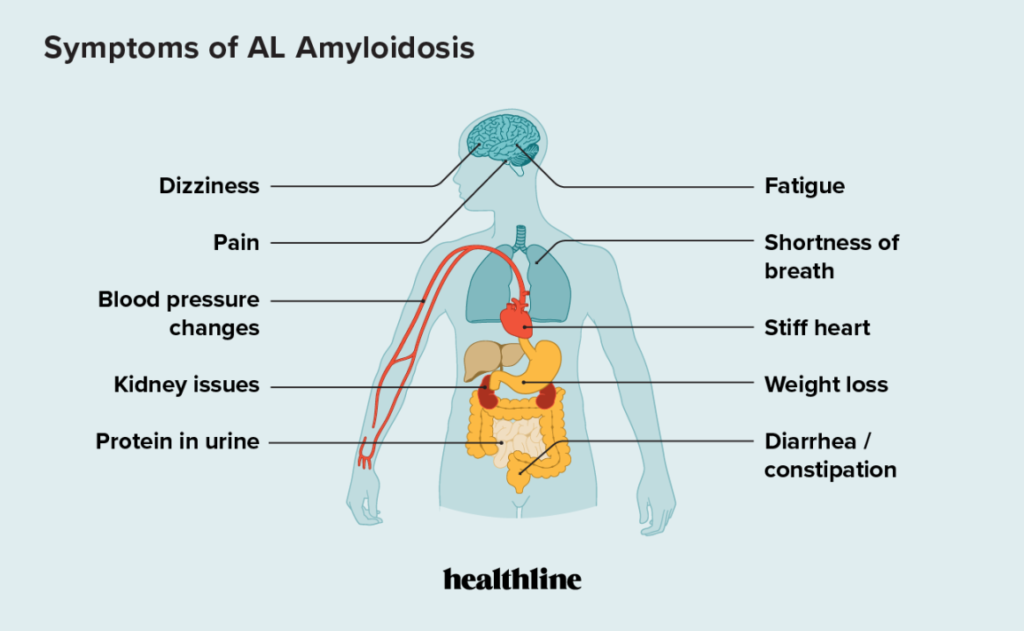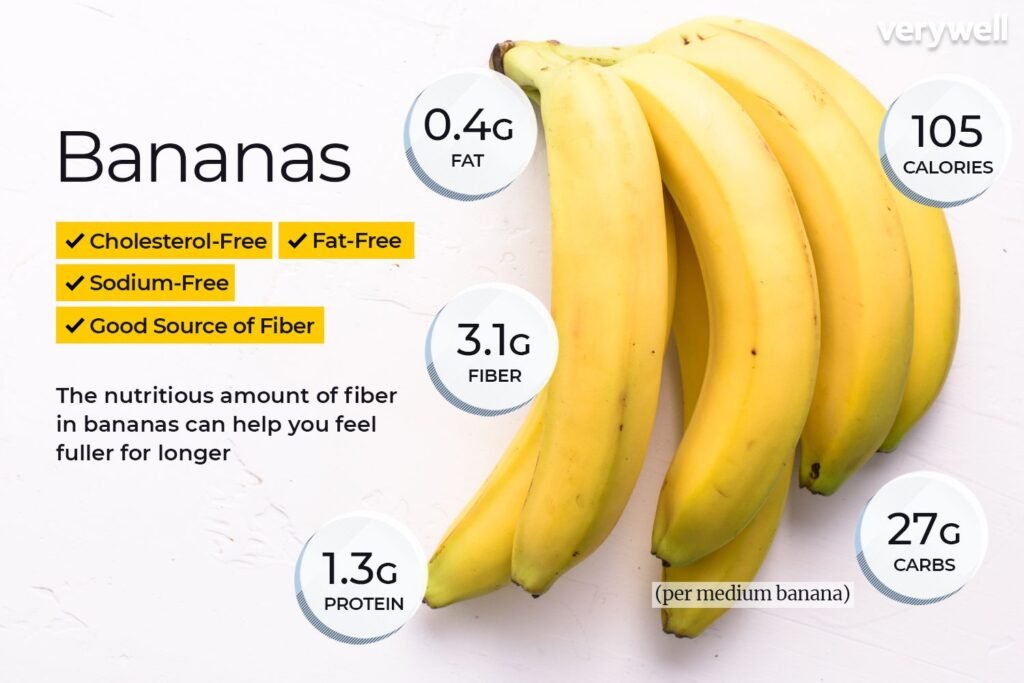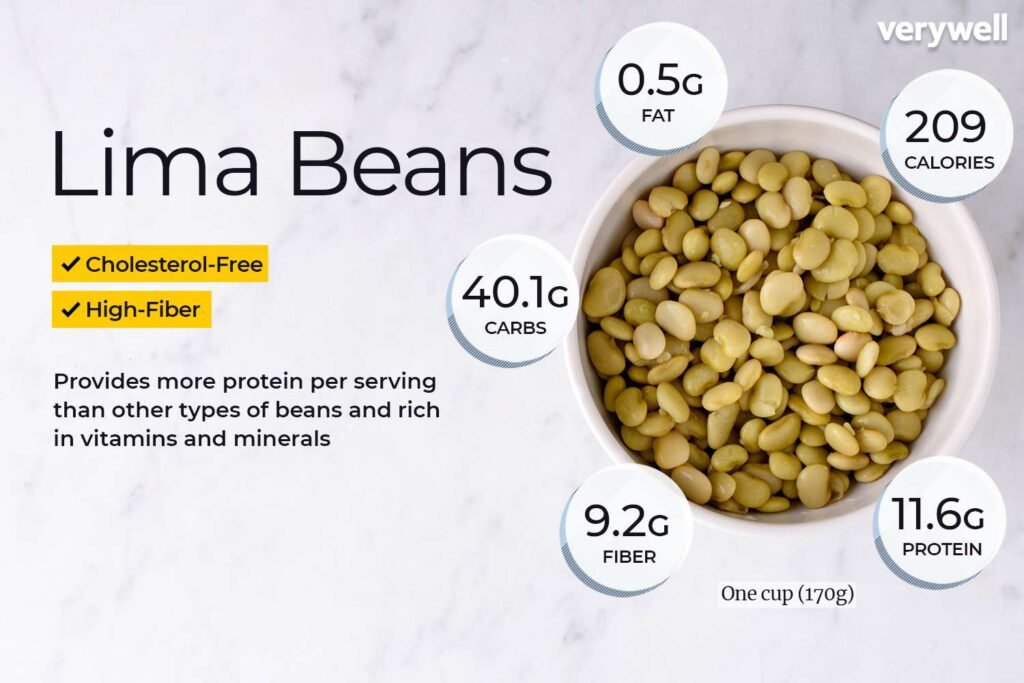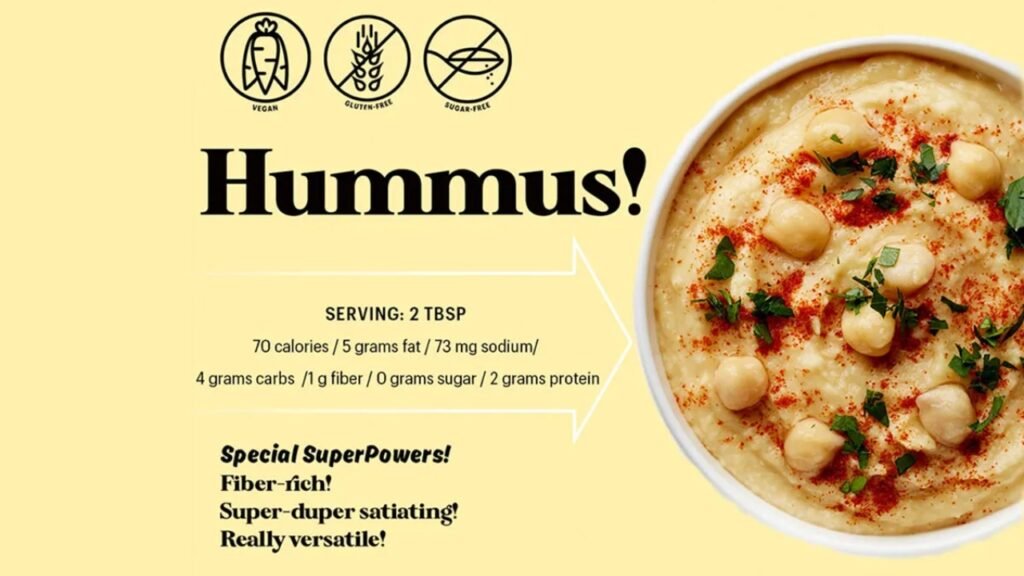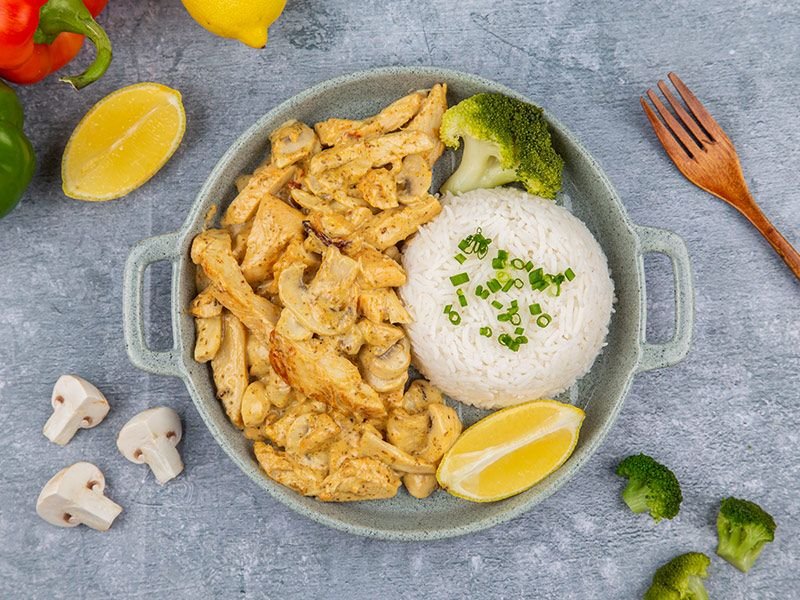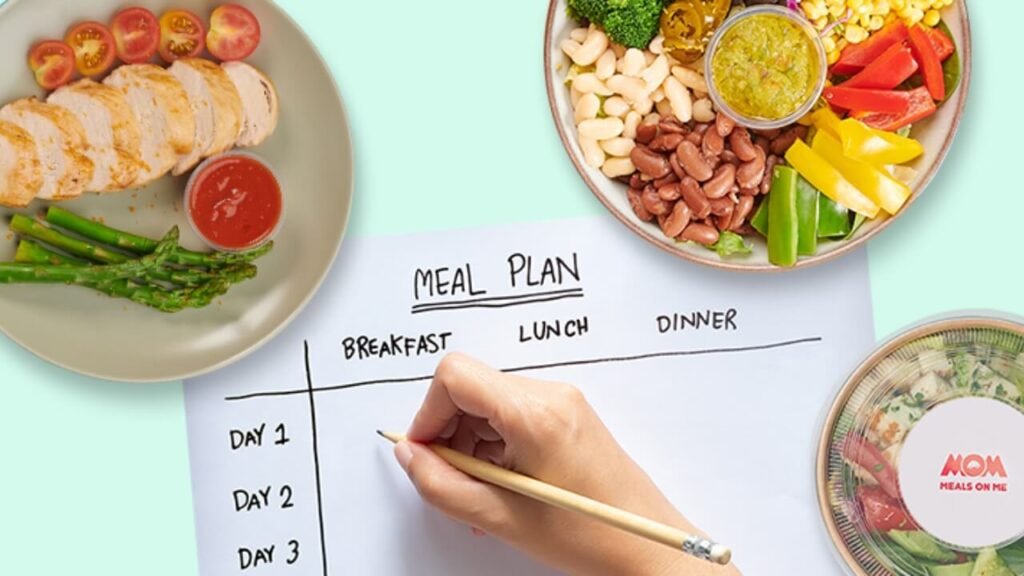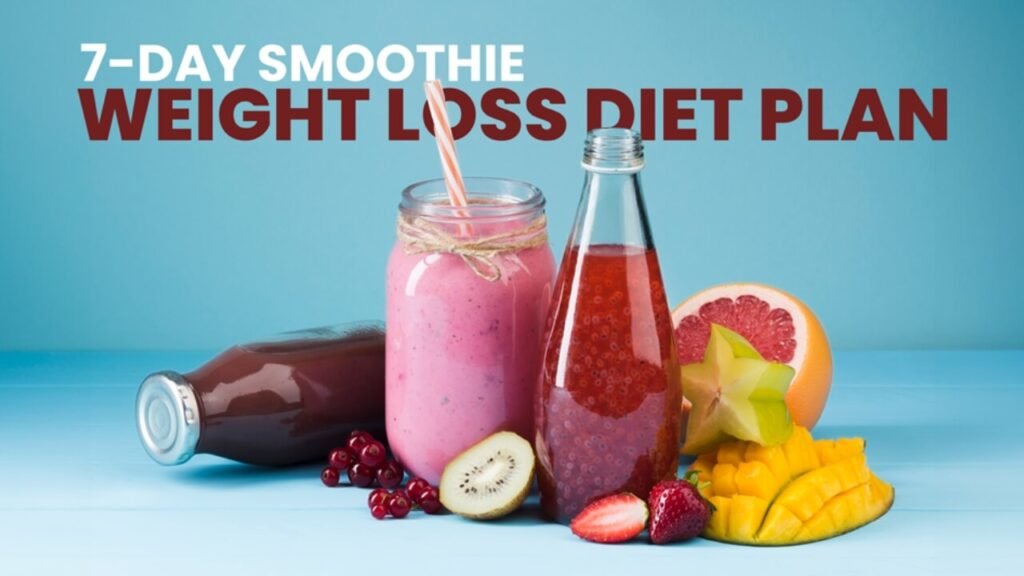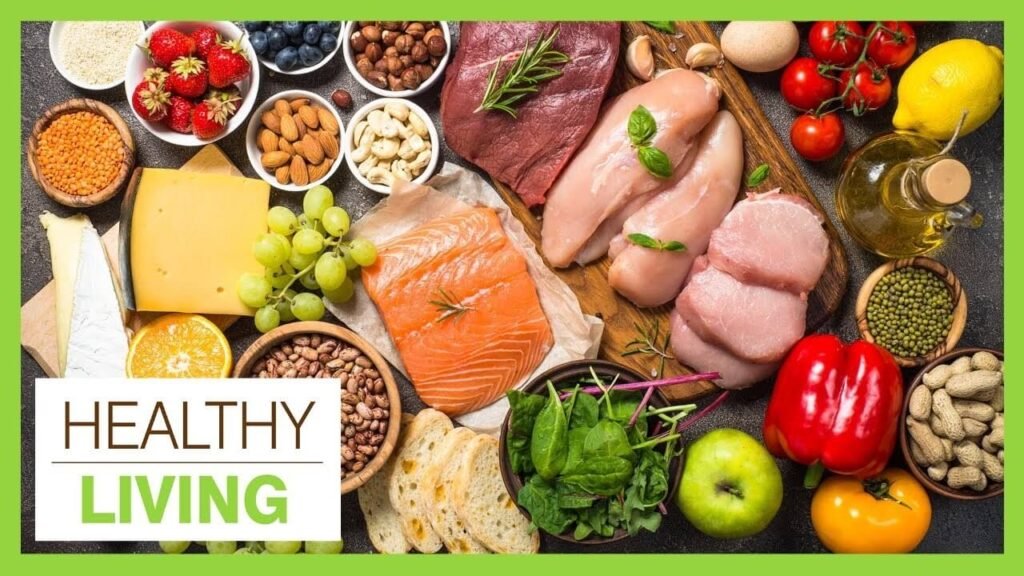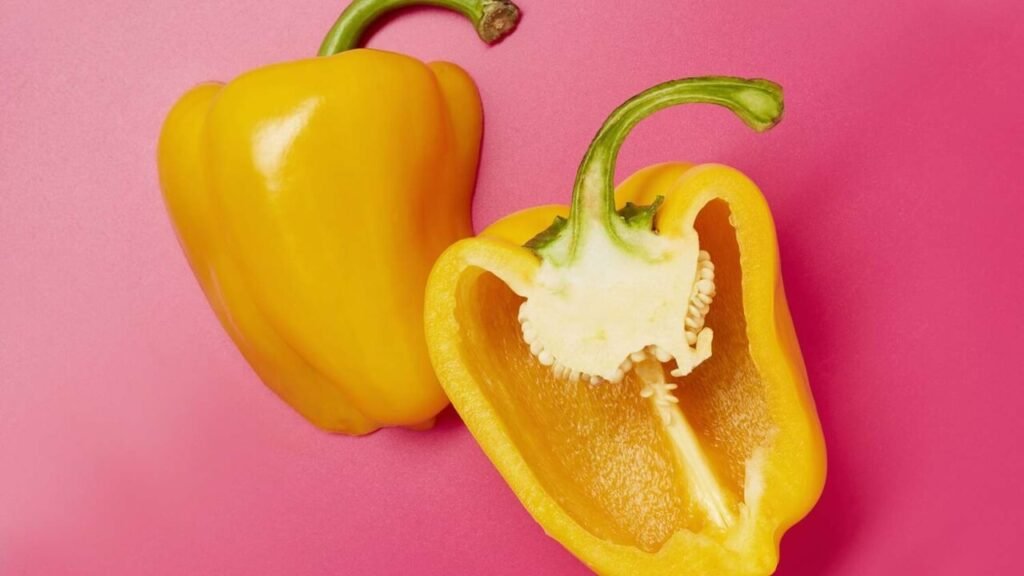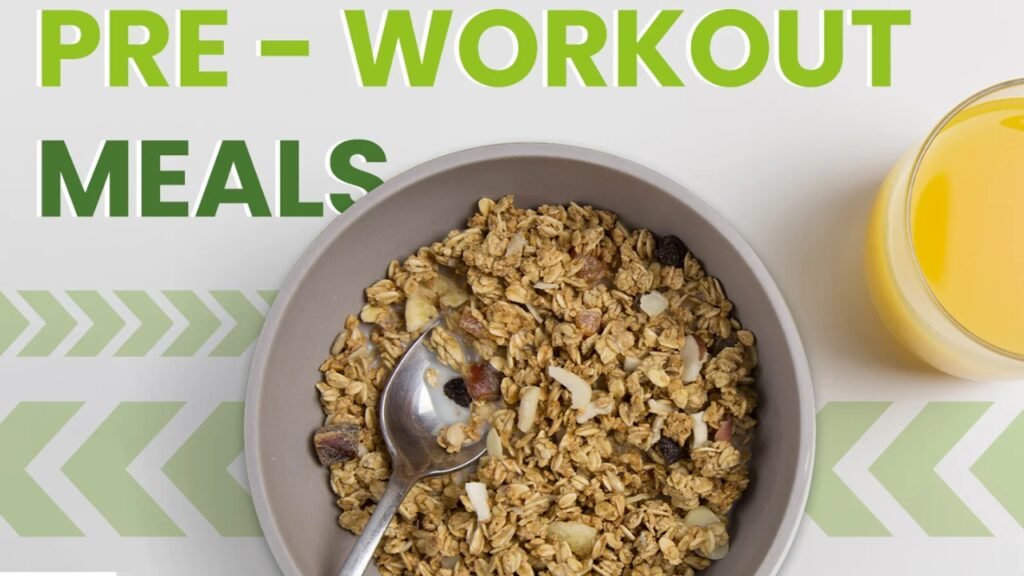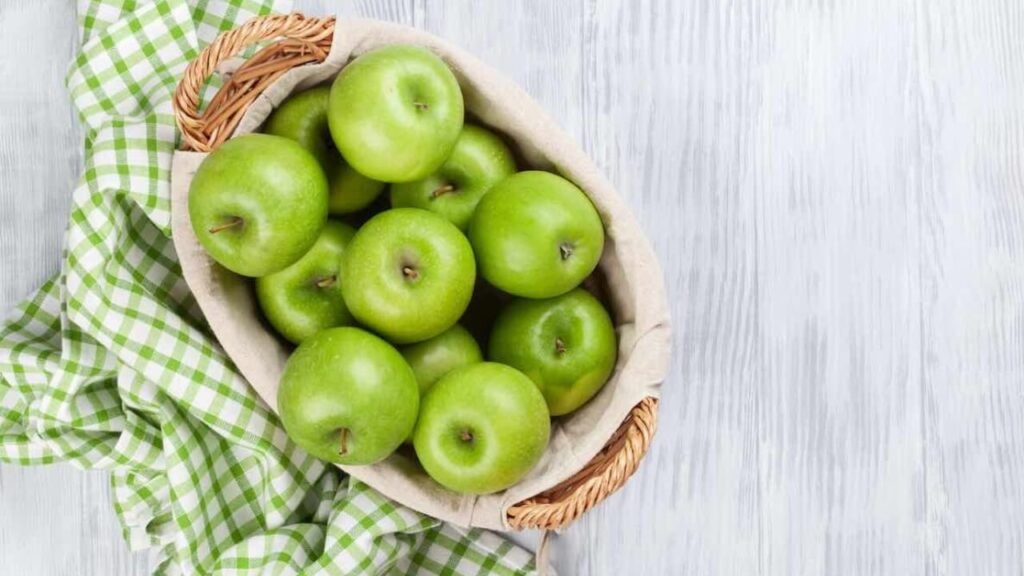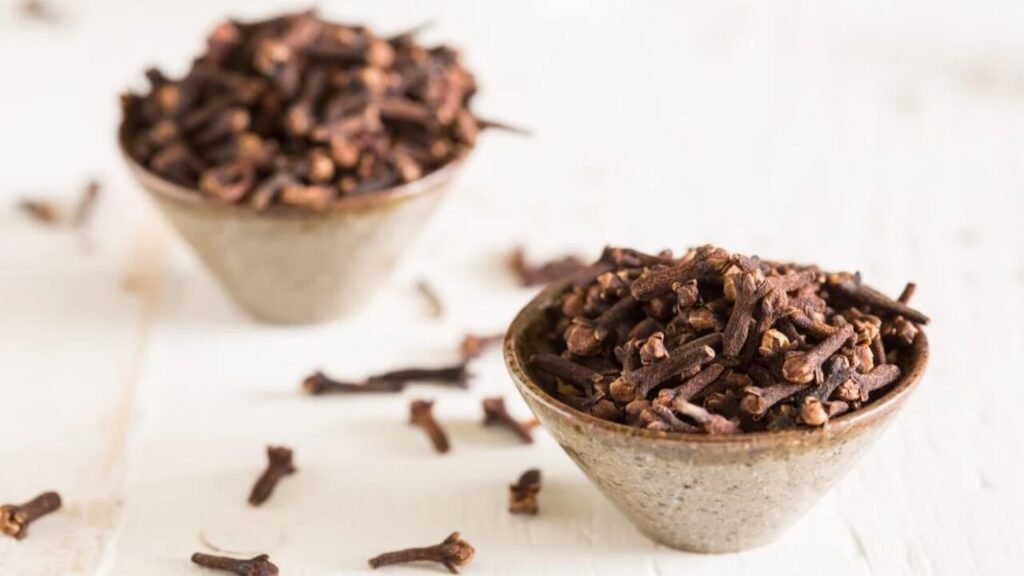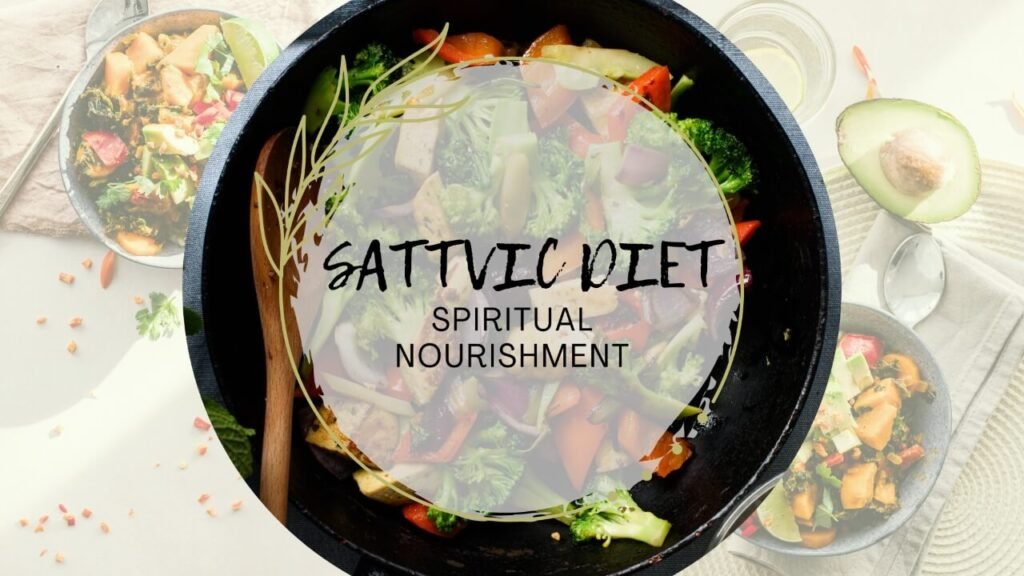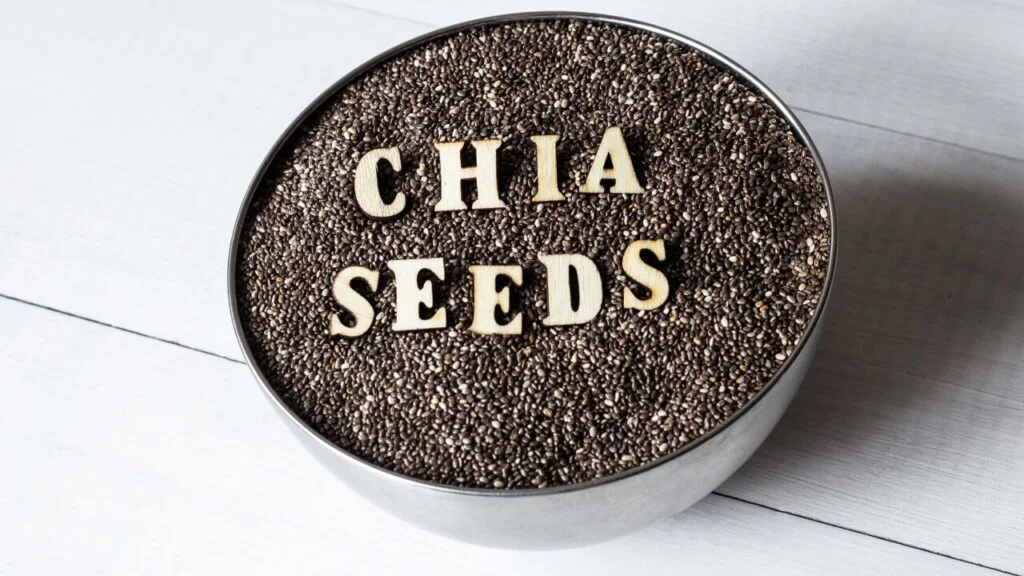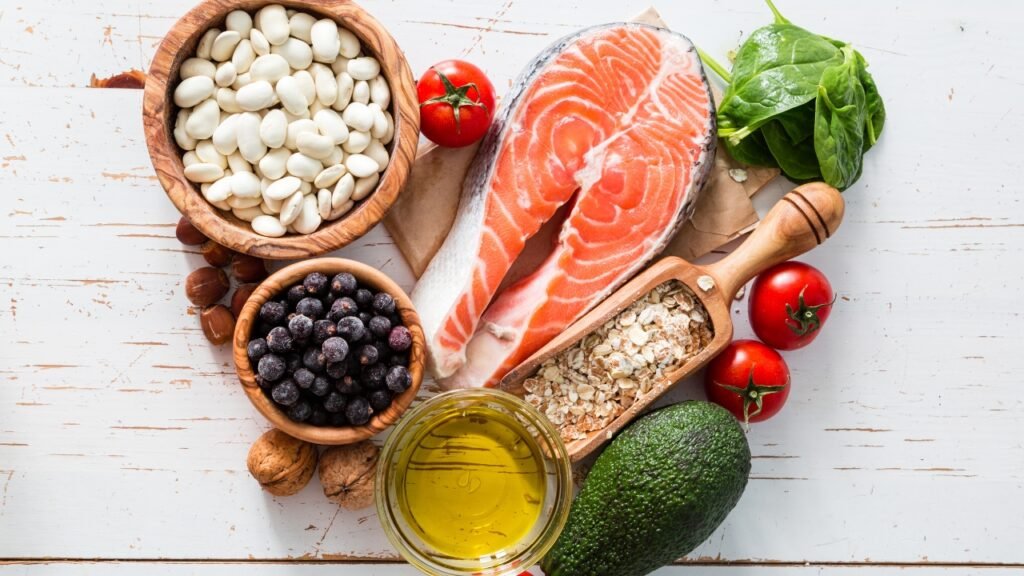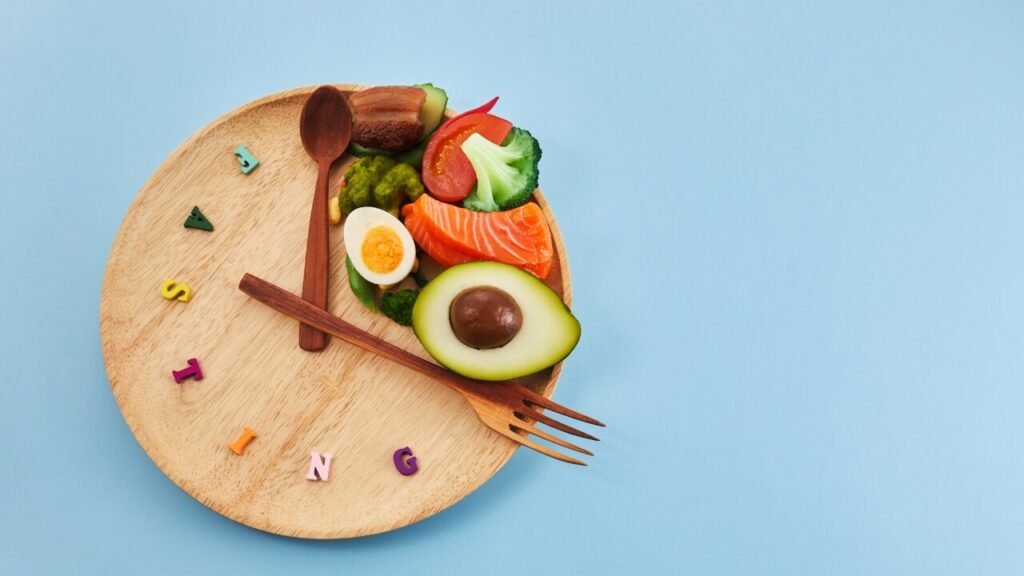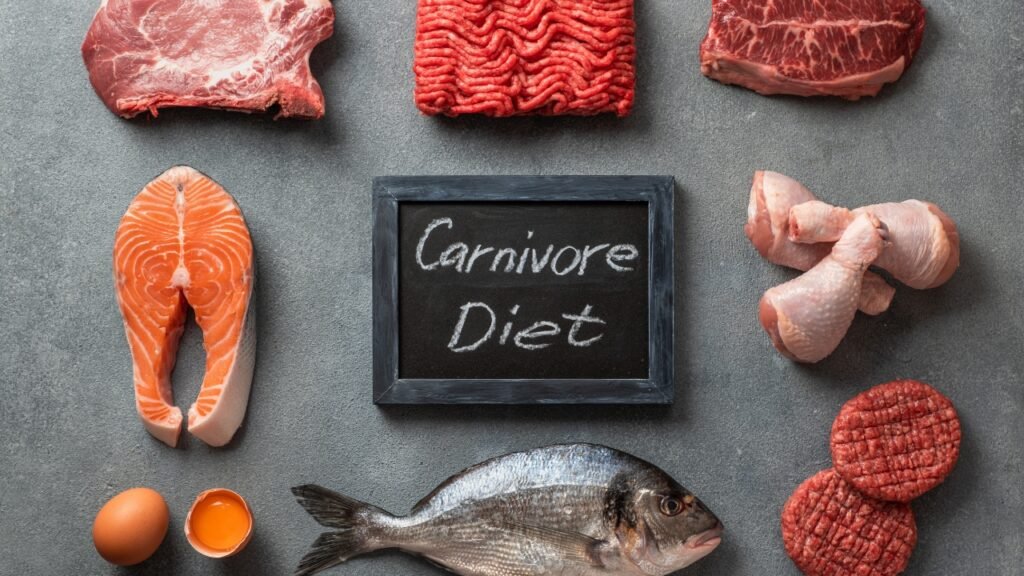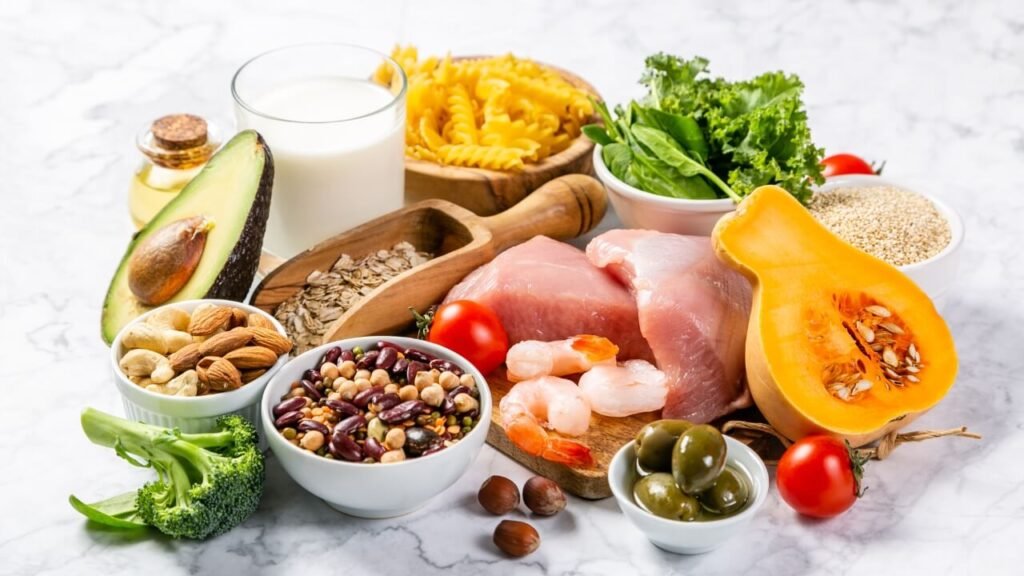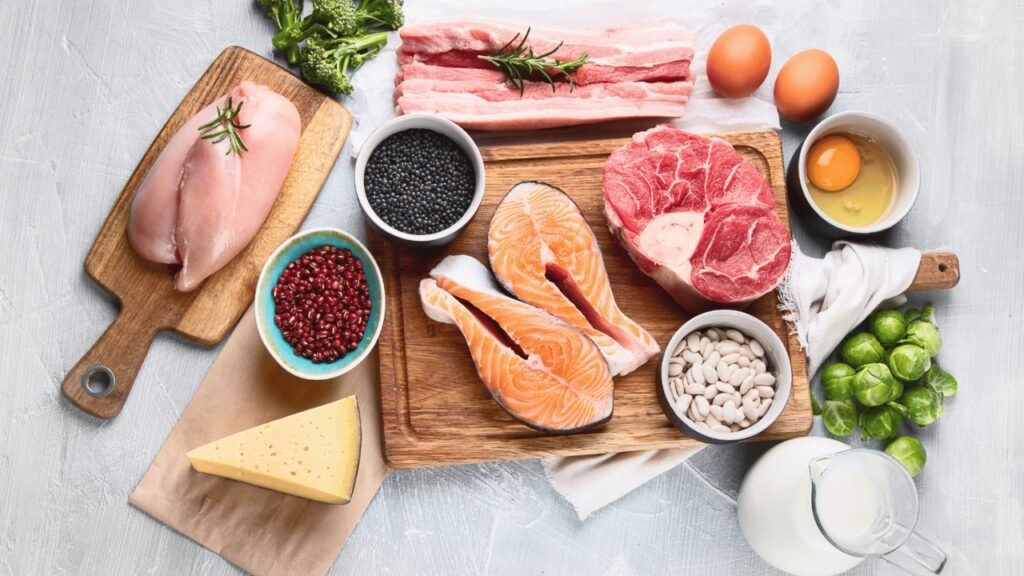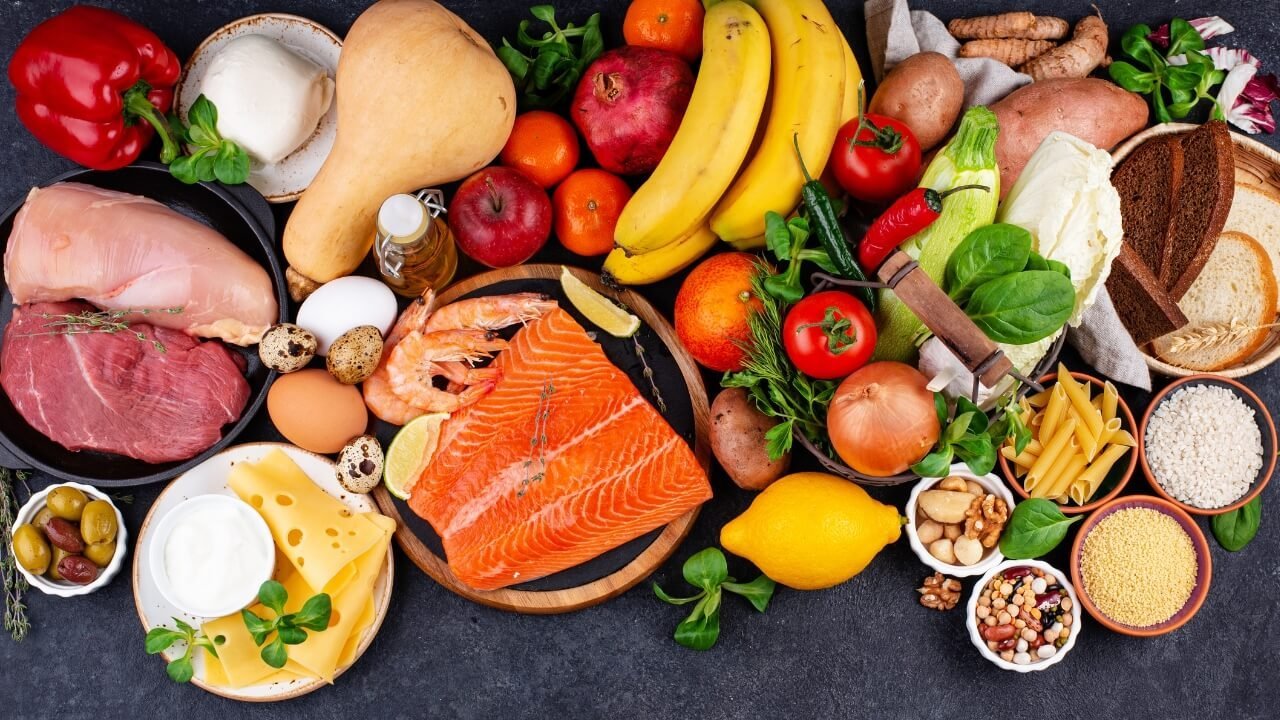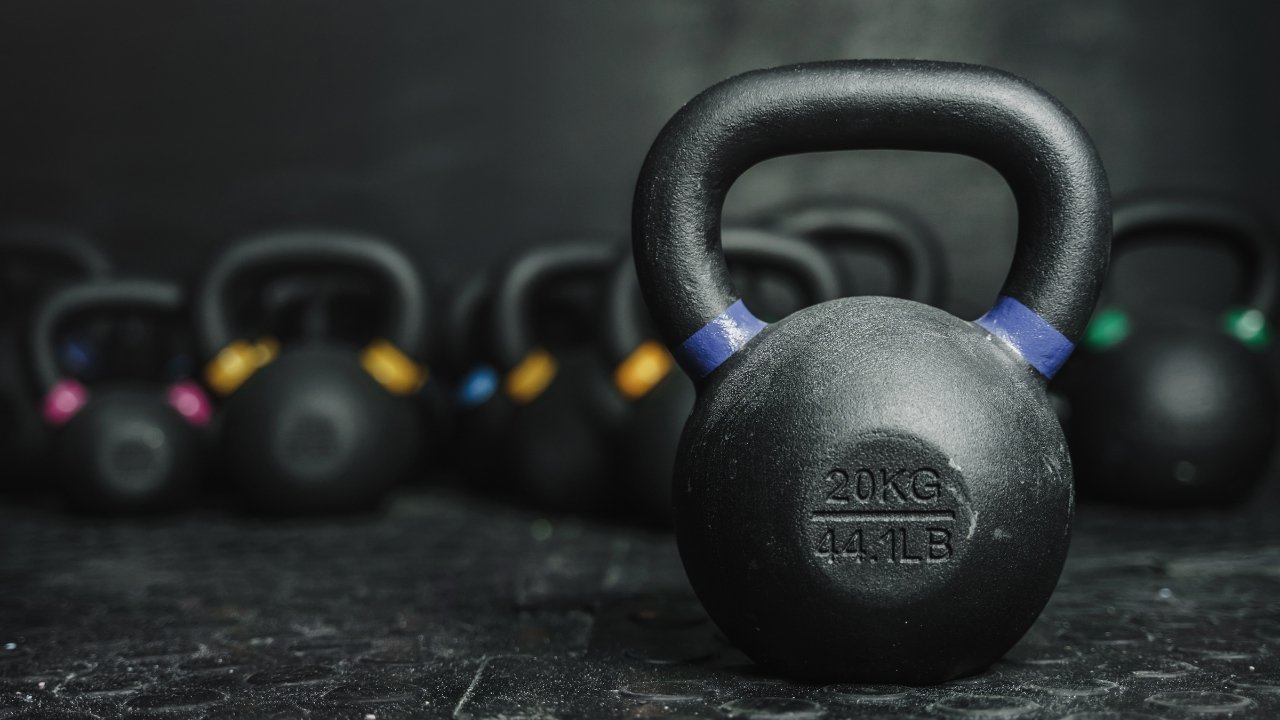Rice Pasta Nutrition: Your Gluten-Free Pasta Hack Revealed!
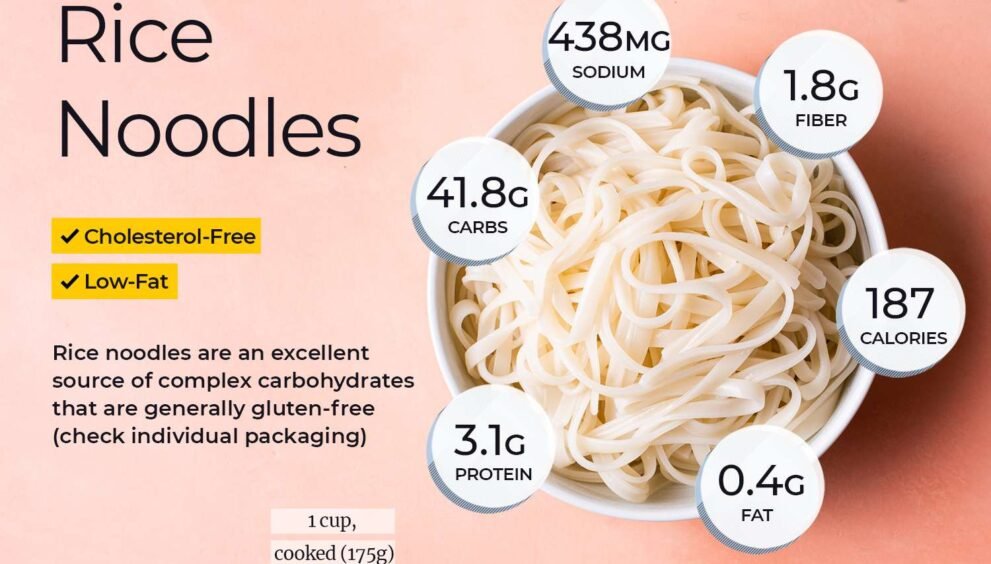
For Americans looking for a gluten-free alternative to traditional wheat pasta, rice pasta nutrition offers a compelling story of health, versatility, and flavor. Picture twirling a forkful of creamy Alfredo or savoring a zesty marinara, all while knowing your meal aligns with nutritional goals or wellness dreams. Rice pasta, made from rice flour, has surged in popularity as a gluten-free staple, captivating everyone from celiac disease patients to health-conscious foodies. With its mild taste and adaptable texture, it’s a pantry must-have in U.S. households. This blog dives into the nutritional profile of rice pasta, its benefits and drawbacks, and how it fits into a balanced American diet, blending science with practical tips to elevate your pasta game.
Exploring Rice Pasta Nutrition
Rice pasta is a gluten-free noodle crafted primarily from rice flour, often white rice or brown rice, and sometimes blended with water or other starches like tapioca or corn. Unlike ** Wheat-based pasta**, it’s naturally free of gluten, making it a go-to for individuals with celiac disease, gluten sensitivity, or wheat allergies. Available in shapes like spaghetti, fettuccine, and penne, it mimics the appearance and feel of traditional pasta. As a Reddit user on r/glutenfree shared, “Rice pasta saved my Italian nights—same vibe as regular pasta, no gut issues.”
The production process is straightforward: rice is milled into flour, mixed into a dough, and extruded into various shapes. Brown rice pasta, made from whole grains, retains more fiber and nutrients, while white rice pasta is more refined, offering a smoother texture. Both types are widely available in U.S. supermarkets, from brands like Tinkyada to Barilla’s gluten-free line.
Nutritional Breakdown
Rice pasta nutrition varies depending on whether it’s made from white or brown rice. A typical 2-ounce serving of cooked white rice pasta contains approximately 200 calories, 43 grams of carbohydrates, 1 gram of fiber, 4 grams of protein, and minimal fat. Brown rice pasta, by contrast, offers slightly more fiber (around 2-3 grams) and micronutrients like magnesium and B vitamins, thanks to its whole-grain base. Neither type is a significant source of vitamins or minerals unless fortified.
Compared to wheat pasta, rice pasta has a higher glycemic index (GI), meaning it can spike blood sugar faster, particularly the white variety. However, it’s naturally gluten-free, low in fat, and cholesterol-free, making it a solid choice for special diets. A Reddit thread on r/nutrition noted, “Brown rice pasta feels like a healthier switch, but portion control is key for blood sugar.”
Health Benefits of Rice Pasta
For the roughly 1% of Americans with celiac disease and millions more with non-celiac gluten sensitivity, rice pasta is a nutritional cornerstone. It allows them to enjoy pasta dishes without the digestive distress—bloating, diarrhea, or fatigue—triggered by gluten. Even for those without medical needs, rice pasta appeals to the growing number of Americans experimenting with gluten-free diets for perceived health benefits. Its mild flavor pairs seamlessly with sauces, from pesto to Bolognese, ensuring no one misses out on pasta night.
Moreover, rice pasta is easy to digest for most, as it lacks the complex proteins in wheat. This makes it a gentle option for those with sensitive stomachs or irritable bowel syndrome (IBS). As Dr. Lisa Ganjhu, a gastroenterologist at NYU Langone Health, explains: “Rice pasta is a great alternative for gluten-intolerant patients, offering comfort food without compromising gut health.”
Versatility for Dietary Needs
Rice pasta nutrition shines in its adaptability. It’s a blank canvas for low-fat, vegan, or low-sodium diets, depending on preparation. Pair it with vegetable-based sauces or lean proteins like chicken for a heart-healthy meal. For those on low-FODMAP diets to manage IBS, rice pasta is a safe choice, free of high-FODMAP ingredients like wheat or garlic. Its low allergen profile also makes it suitable for families with diverse dietary restrictions, a point echoed on Reddit’s r/mealprepsunday: “Rice pasta is my go-to for feeding my gluten-free kid and picky husband.”
Additionally, brown rice pasta provides a whole-grain boost, contributing to daily fiber intake and supporting digestive health. While not as nutrient-dense as quinoa or lentil pasta, it’s a practical step toward healthier eating without sacrificing flavor.
Potential Drawbacks of Rice Pasta
While rice pasta is a gluten-free gem, it’s not a nutritional powerhouse. Compared to whole-wheat pasta, it has less fiber, protein, and micronutrients, which can leave you feeling less full. This is particularly true for white rice pasta, which is highly refined and low in nutrients. To compensate, dietitians recommend pairing it with nutrient-dense toppings like spinach, salmon, or legumes. A Reddit user on r/EatCheapAndHealthy suggested, “Toss rice pasta with chickpeas and kale for a filling, cheap meal.”
Another concern is the glycemic index. White rice pasta has a GI of around 45-55, higher than whole-wheat pasta’s 37, potentially impacting blood sugar control for diabetics or those with insulin resistance. Brown rice pasta fares slightly better, but portion control and balanced meals are crucial.
Texture and Cooking Challenges
Rice pasta can be trickier to cook than wheat pasta. Overcooking leads to a mushy texture, while undercooking results in a gummy bite. Brands vary widely—some, like Tinkyada, hold up well, while others crumble in boiling water. Reddit’s r/Cooking offers a tip: “Rinse rice pasta with cold water after draining to stop the cooking and keep it al dente.” Mastering the cooking technique is key to enjoying its full potential.
Cost is another factor. Gluten-free products, including rice pasta, often carry a premium, with a 16-ounce package costing $3-$5 compared to $1-$2 for wheat pasta. For budget-conscious Americans, this can add up, especially for large families.
Integrating Rice Pasta Nutrition into Your Diet
To make rice pasta nutrition work for you, focus on balanced meals. Combine it with protein sources like grilled shrimp or tofu to boost satiety and stabilize blood sugar. Add healthy fats—think olive oil or avocado—for heart health and flavor. Vegetables like broccoli, zucchini, or bell peppers enhance vitamin and fiber content, transforming a simple dish into a nutritional powerhouse. For example, a Mediterranean-inspired rice pasta salad with feta, tomatoes, and spinach is both delicious and nutrient-packed.
Portion size matters. A 2-ounce dry serving (about 1 cup cooked) is standard, but Americans often overserve pasta. Use measuring tools or visual cues (a portion should fit in your cupped hands) to avoid overeating. Reddit’s r/1200isplenty advises, “Mix rice pasta with spiralized veggies to bulk up your plate without extra calories.”
Comparing Rice Pasta to Other Alternatives
Rice pasta isn’t the only gluten-free option. Quinoa pasta offers more protein and fiber, while lentil pasta boasts plant-based protein and iron. Chickpea pasta, like Banza, is another high-protein choice. However, rice pasta’s neutral taste and affordability make it a crowd-pleaser. A Reddit thread on r/glutenfree compared options: “Chickpea pasta tastes too bean-y for me, but rice pasta just works with any sauce.”
For those not restricted to gluten-free diets, whole-wheat pasta remains a nutrient-dense choice, with more fiber and B vitamins. Yet, rice pasta’s accessibility and versatility keep it competitive, especially for mixed-diet households.
Rice Pasta in American Culture
Rice pasta has woven itself into the fabric of American cuisine, reflecting the country’s embrace of dietary diversity. From Italian-American classics like spaghetti carbonara to Asian-inspired dishes like pad Thai with rice noodles, it transcends culinary boundaries. Its rise aligns with the gluten-free trend, with 30% of Americans reporting they’ve tried gluten-free foods, according to a Gallup poll. Supermarkets like Whole Foods and Trader Joe’s stock multiple brands, making it a mainstream choice.
It’s also a time-saver for busy Americans. Quick-cooking varieties take 7-10 minutes to prepare, perfect for weeknight dinners. Reddit’s r/MealPrepSunday loves its meal-prep potential: “Cook a batch of rice pasta, add different sauces, and you’ve got lunches for the week.”
Sustainability and Ethical Considerations
Rice pasta production has a moderate environmental footprint. Rice farming requires significant water, but manufacturers using sustainably sourced rice or organic methods are gaining traction. Brown rice pasta, being less processed, is a slightly greener choice. For eco-conscious Americans, choosing brands with transparent sourcing—like Lundberg Family Farms—aligns with sustainable eating. Reddit’s r/ZeroWaste noted, “Check labels for organic rice pasta to support better farming practices.”
Conclusion
Rice pasta nutrition offers a delicious compromise for Americans balancing health, taste, and dietary needs. Its gluten-free nature, versatility, and accessibility make it a staple for celiac patients, health enthusiasts, and busy families alike. While it lacks the nutrient density of some alternatives, smart pairings with protein, vegetables, and healthy fats elevate its value in a balanced diet. Challenges like texture issues and cost are manageable with the right techniques and choices. As the U.S. food landscape evolves, rice pasta stands out as a comfort food that doesn’t sacrifice wellness. Whether you’re whipping up a quick dinner or hosting a gluten-free gathering, rice pasta proves that healthy eating can still be indulgent. So, grab a box, experiment with flavors, and let this humble noodle redefine your pasta nights.
Bicycle Exercise: Transform Your Body and Mind with Every Pedal



